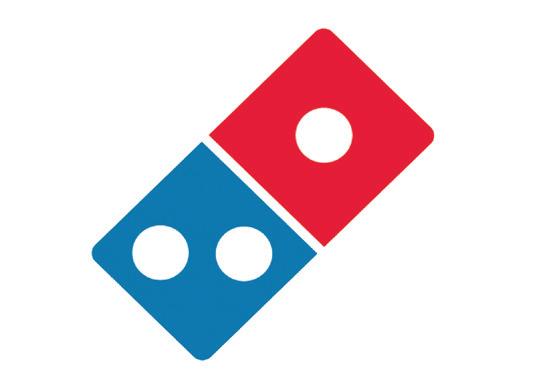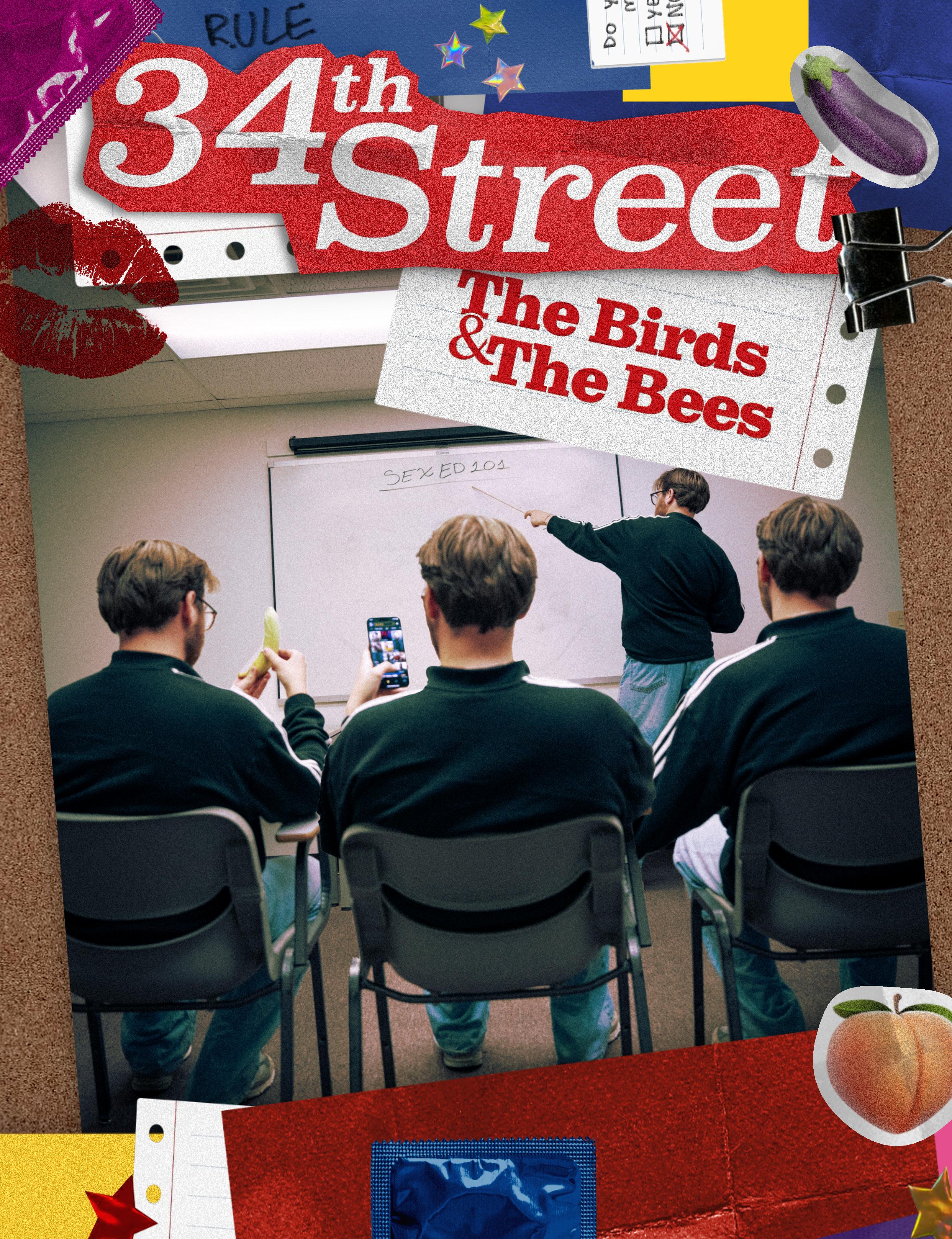

Calling all Movers Shakers + Quakers
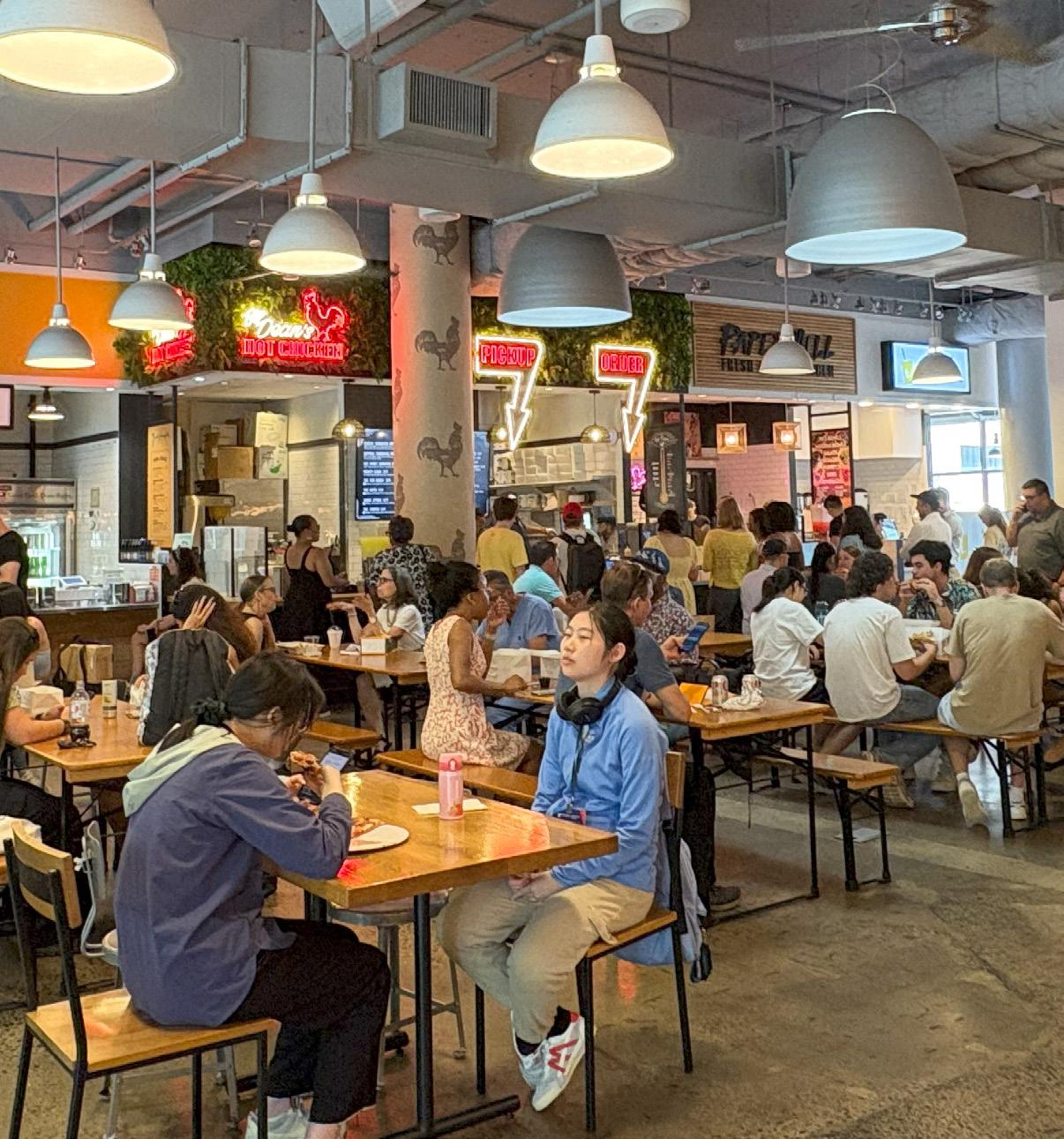
Offering 60+ eateries, stores, and entertainment venues, Shop Penn is giving you plenty of reasons to stay and play around campus this semester.
Wants Needs + Must-Haves
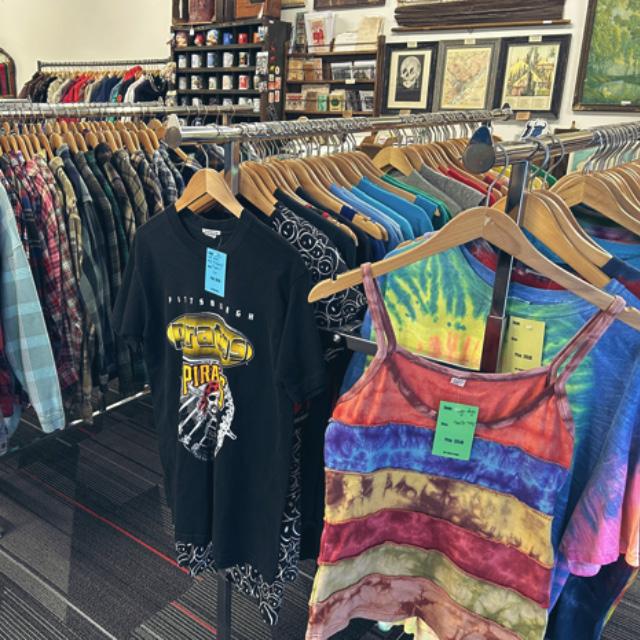
Shop Local. Shop Penn.
#SHOPPENN
@SHOPSATPENN


Foodies
Deliveries + Shopping Sprees

5 7
30 The Ins and Outs of Sexual Health at Penn
From supportive communities to STI testing sites, Street is rounding up resources.
34 What We Talk About When We Talk About Sex
Turns out, it’s a bit more complicated than just ‘you and me.’
The Birds, the Bees, and Street
Untraditional words of wisdom from writers who have been there, done that



Ego of the Month: A. A.
Graduate student, changemaker, and community builder: This senior does it all.
15 Strike a Pose!
The essence of Philly Ballroom and its 36 years of gracing the dance floor
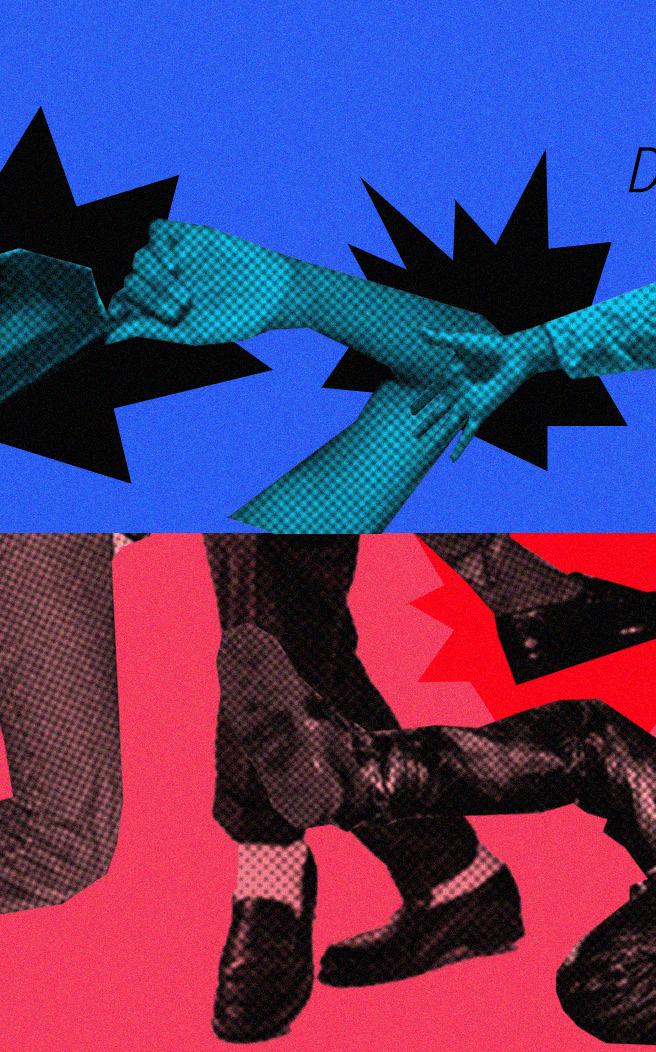
10 40 The Life of Real–Life Cupid
You might not know his name, but you know his art.
The Death of Physical Media and Its Brewing Renewal
How a generation raised on streaming seeks comfort in the rituals of media ownership


The Birds and The Bees

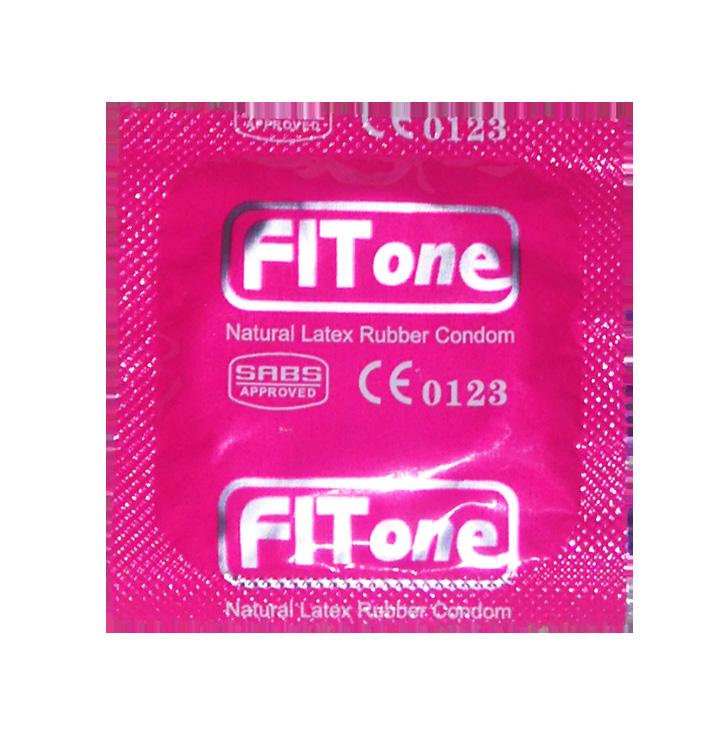



ON THE COVER You, me and sex at Penn. Things might get messy.
By Jackson Ford and Insia Haque
Notes from a sex–ed student perpetually learning
Midway through my senior year of high school, my mom and aunt sat me down in the kitchen with a college sex–ed pop quiz.
“What do you do when you hit it off with a nice older dental student at a party, and all of your friends say they’re heading home so he offers you a ride?” Say no—go home with your friends instead. “How do you avoid being roofied?” Hold your own drink. “Norah, you shouldn’t be drinking!” Fine, fine—don’t drink. “Will you tell me when you have sex?” Mom!
My parents never sat me down and had a classic “birds and the bees” talk. In fact, at 18 years old, this was probably the most my mother and I had ever even touched upon the topic to that day.
My Texas education had prepared me well to solve differential equations, write essays in a matter of hours, and discuss UNCLOS with the passion of a seafarer. It gave me absolutely no tools to decipher what it meant when a girl offered to walk you home after DFMOing at a party. In fact, I had absolutely no clue what a DFMO was.
So, I arrived at college suddenly confronted by thousands of young people doped up on hor mones and newfound freedom.
During freshman year, my friends and I would go to parties and awkwardly attempt to “hook up” with people—whatever that meant— just to say we had done it. I talked one of my guy friends through how to have sex with a woman, to which he responded, “You put what where?” (it wasn’t long before he came out). There was a phase where my female friends would go to frat parties and make out with each other for “fun.” It ended once they got boyfriends soon after.
The trial by error doesn’t end with freshman year. To this day, on each Sunday an assortment of Street members show up to our all–staff meet ing covered in hickeys that they haven’t quite mastered covering. I have heard more than one horror story of people who decided to room with their partner, only to break things off weeks be fore moving in. Personally, as I enter senior year of college in my first long–term relationship,
I’ve been forced to understand boundaries and codependency in entirely new ways.
No matter how comprehensive your public school sex–ed, how low your precollege Rice Purity score, or how many seasons of The Sex Lives of College Girls you’ve watched, I don’t think it’s possible to ever be fully prepared for the complexities of college sexuality.
“The Birds and the Bees” issue is the college version of those weird puberty books you got in middle school. Your big siblings at Street are fiending to answer the ever–present question that you never thought to ask, from “does oral count as a body?” to “Is Gen Z even having sex?” We’ll offer a snapshot of the vibrant queer community on campus and share our own embarrassing stories of awkward first dates and failed hook–ups. Our feature will dive into how Penn administrators and student groups seek to address the fragmented sex–ed experience of our student body.
Before you go any further, here’s the wisdom I can offer: You’ll probably forget half the things you’ll learn in CIS 1600 or your writing seminar. But you can’t shake the lessons that lead to you showing up to class in a turtleneck and sunglasses.
And make sure you own a turtleneck.
SSSF,
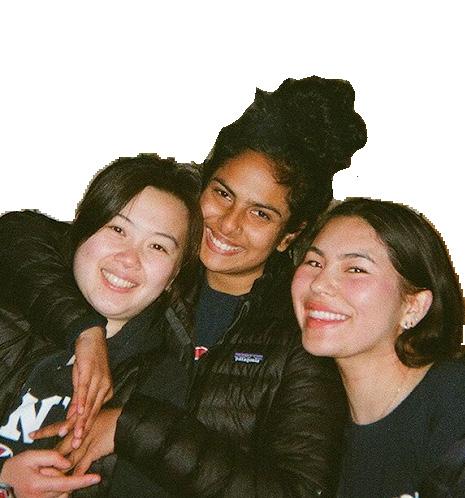
EXECUTIVE BOARD
Norah Rami, Editor–in–Chief rami@34st.com
Jules Lingenfelter, Print Managing Editor
lingenfelter@34st.com
Nishanth Bhargava, Digital Managing Editor bhargava@34st.com
Fiona Herzog, Assignments Editor herzog@34st.com
Insia Haque, Design Editor haque@34st.com
EDITORS
Copy Editors
Asha Chawla and Garv Mehdiratta
Deputy Assignments Editor
Samantha Hsiung
Features Editors
Bobby McCann and Chloe Norman
Section Editors
Sarah Leonard, Focus Editor
Kate Cho, Style Editor
Anissa T. Ly, Ego Editor
Sophia Mirabal, Music Editor
Logan Yuhas, Arts Editor
Liana Seale, Film & TV Editor
Multimedia Editors
Jackson Ford, Street Photo Editor
Danielle Jason, Street Social Media Editor
Makayla Wu, Design Editor
Cassidy Whaley, Social Media Editor
THIS ISSUE
Deputy Design Editors
Kate Ahn and Anish Garimidi
Design Associate
Chenyao Liu
Muse of the Issue
Vivian Yao
SUMMER STAFF WRITERS
Justin Paul Abenoja, Staff Writer
Will Cai, Music Beat
Diemmy Dang, Features Staff Writer
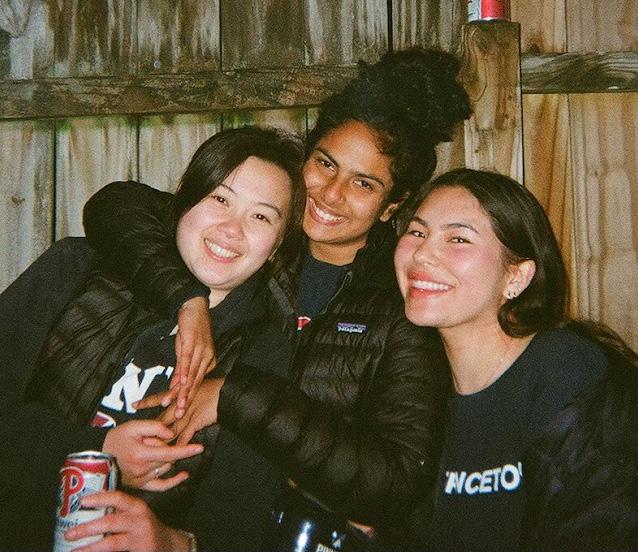
Sadie Daniel, Focus Beat
Celina Jiang, Staff Writer
Anjali Kalanidhi, Staff Writer
Ananya Karthik, Staff Writer
Jack Lamey, Style Beat
Xihluke Marhule, Film & TV Beat
Conor Smith, Staff Writer
Emily Whitehead, Staff Writer
LAND ACKNOWLEDGEMENT
The land on which the office of The Daily Pennsylvanian stands is a part of the homeland and territory of the Lenni-Lenape people. We affirm Indigenous sovereignty and will work to hold the DP and the University of Pennsylvania more accountable to the needs of Indigenous people.
CONTACTING 34 th STREET
MAGAZINE
If you have questions, comments, complaints or letters to the editor, email Norah Rami, Editor–in–Chief, at rami@34st.com You can also call us at (215) 422–4640.
www.34st.com © 2025 34th Street Magazine, The Daily Pennsylvanian, Inc. No part may be reproduced in whole or in part without the express, written consent of the editors. All rights reserved.

The Birds, the Bees, and Street
Untraditional words of wisdom from writers who have been there, done that
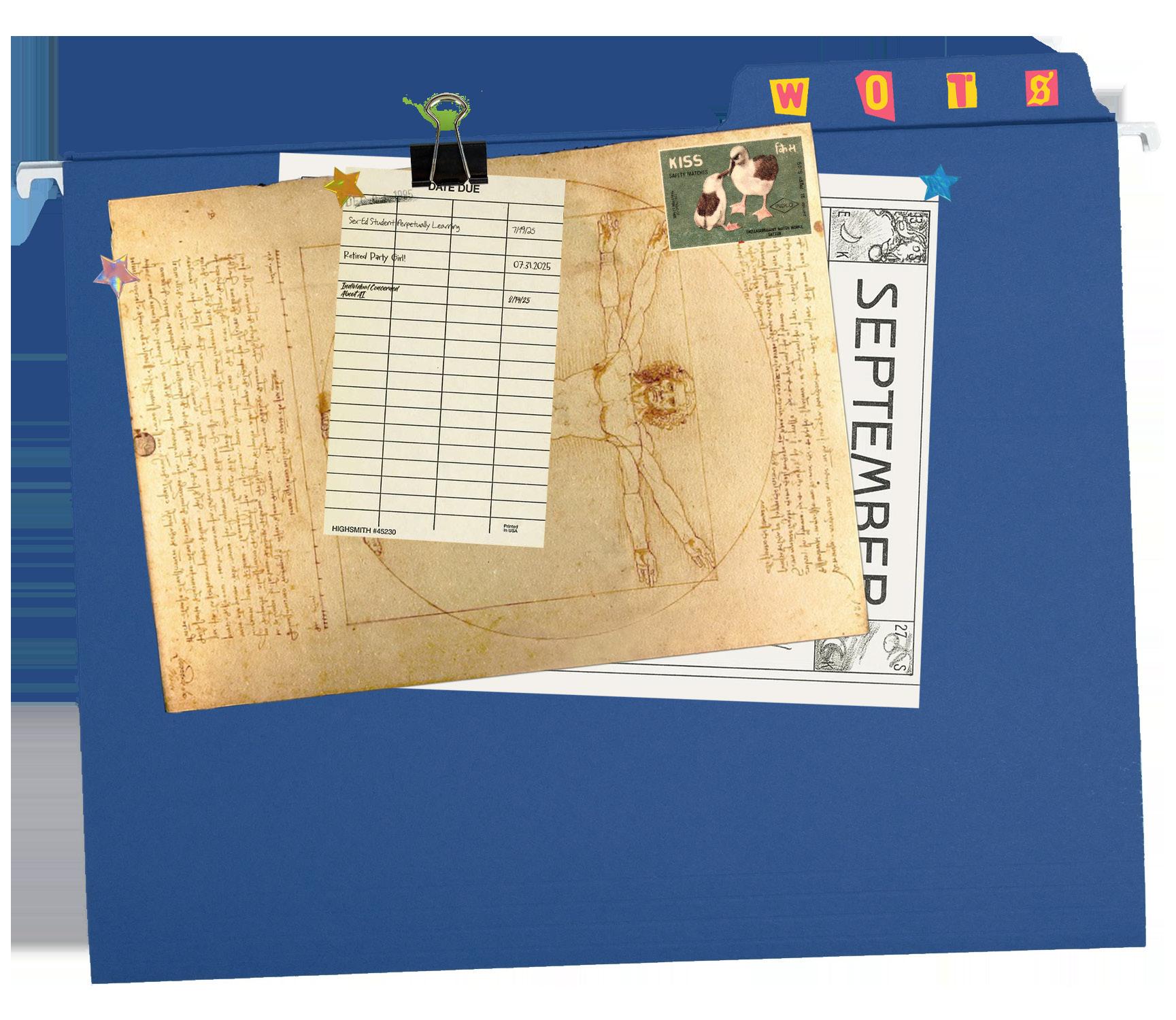
BY STREET STAFF
Design by Chenyao Liu
On the night of my 21st birthday, sitting at a booth in Local 44 with a lavender hibiscus kombucha marg in hand, I received a revelatory piece of advice from a dearly beloved friend about my embarkment into a new era of life: “I think your 20s are all about having regrettable sex.” Now of course, the sentiment is not meant to encourage one to engage in unsafe,

emotionally harmful, or dangerous sex. Rather, it acknowledges that the foray into adulthood is not so glamorous, and those sexual escapades are often a lot more awkward than you may expect. I mean, let’s be real. You’ve gotta get through the Lena Dunham Girls stage of life before you can even dream of living an episode of Sex and the City Young sex is messy and embarrassing,

and like most things in life, there is a steep learning curve. Street has had its fair share of uncouth trysts and inopportune rendezvous. Learn from our mistakes, or just laugh at us. But there’s no shame in figuring things out, even if it leaves a twinge of regret the next morning.
— Jules Lingenfelter, Print Managing Editor
I didn’t know that lesbians could get STDs until the end of my junior year of college, when my best friend and her—actually, I don’t know what to call him, but for all intents and purposes, we can say buddy—sat me down in the Kelly Writers House yard and explained female anatomy. I blame my Texas sex education, which consisted of close–up photos of STDs and no bigger–picture explanation of how you actually got those nasty–looking popcorn infections. My real sex ed in high school consisted of indulgent friends who looked me in the eye and talked me through how to ask someone out, what counts as sex, and far too graphic descriptions of how to do it. And in college, my friends were the ones who swooped back in to fill the gaps.

Before arriving at college, I’d had several crushes. These individuals contained varying personalities and looks, but held one similarity: A relationship would never begin with any of these love interests. That microinfluencer half didn’t know I existed, while others were minding their own lives hours away.
Now, within a more realistic pool of dating candidates, I still find myself crushing on people I can’t have. While this mentality always results in disappointment, there remains something enticing about it—something I’ll spend my life trying to discover. Until then, I will remain enamored by my imaginary spending of time with unobtainable people.
— Serial Crusher
— Sex–Ed Student Perpetually Learning
Not every hookup makes the roster because body count is both a vibes– and performance–based metric.
It resets if you go to confession—but only Roman Catholic confession. For a spiritually sanctioned reset, consider joining a crusade.
Doesn’t count if you were drunk. Or if it happened on church or church–adjacent property, including vaguely religious frats. That’s between you and God and his pledge class. If you never saw his driver’s license and later found out he’s from the suburbs (Wellesley, Mass. isn’t Boston). God knows you’re lying, and He also knows you sucked at being an altar server. If he didn’t talk you through a LinkedIn update during aftercare. If you forget his name within a week and maybe accidentally remember his dad’s name instead—that’s not your fault. That’s a census error. If he thought you finished but you didn’t, and he was so weirdly, pathetically earnest about it that telling him would’ve felt like killing a puppy behind a barn with a crowbar.
Finally, if you wouldn’t even grimace–smile at him on Locust Walk, then spiritually, emotionally, biblically—it doesn’t count.
— The All–Knowing Hookup Oracle

Learn from our mistakes, or just laugh at us. But there’s no shame in figuring things out, even if it leaves a twinge of regret the next morning.
Most people who know me now would not recognize the person I was when I first came to Penn. This is for a variety of reasons—I’d like to think I’ve really matured and grown into myself—but also because I was once a young frat–hopping first year who lived to party three nights a week. And with those adventures came some classically bad hookups. My first party ended with awkward fumbling in my dorm, only to see him going out with another girl less than 24 hours later. After a night spent in another’s bed, he attempted to convince me that I didn’t really need to go to the New Student Orientation consent circle—yikes! Or the morning after Halloween, when a guy told me it would’ve been his third–year anniversary to the day with the girlfriend he just broke up with earlier that week. Oh, poor first–year me, who was utterly confounded by the men on campus and swore off dating for nearly a year because of it.
— Retired Party Girl
I only use Hinge when I’m abroad— Penn students and old high school faces feel too familiar, too risky. Seniors are too easy to fall for, and heartbreak is too easy to find. Instead, I break my own heart differently, finding love thousands of miles away, hiding from the hookup and breakup culture that Penn’s dating scene provides. My mom says I should kiss and sleep with whoever I want—emulate her own college “slut era.” Maybe she’s right. But I like my foreign crushes and kisses. I like to fall in love within days and pine for years after. I’m not staying here after graduation, so my wine dates and walks on foreign shores tie me to the future I dream of, far from here.
— Lover of Everywhere but Here
When I first saw Lexa from The 100 at 12, I thought something was wrong with me. The feelings everyone talked about having for boys? I never had them. But I did have them for Lexa—and for the older girl at school with black hair and silver jewelry. Now, I know there was nothing wrong with me. I’m just gay ASF. Seeing the beauty in women helped me see it in myself. I wish I could tell my 12–year–old self that being gay isn’t wrong—it’s beautiful.
— Keeping It 100

Hey, first year reading this, hope you are settling in alright. I have to break some surprising news to you. You’re going to have to date an artificial intelligence software. What? Yes, you. Take your pick. ChatGPT, Gemini, maybe a replica of Game of Thrones’ Daenerys Targaryen? Just probably not Grok. I’m guessing you are too woke for him if you willingly picked up Street. “But what about meeting my future husband in the Quad?” Shut up. You threw that out the window when you enrolled here. Your human options at Penn range from Blackstone to BlackRock. So play it safe, sext a chatbot. Everyone’s doing it.
— Individual Concerned About AI k
Hometown
Dallas
Major
Philosophy, politics, and economics and a master’s degree in nonprofit leadership
Activities
Penn Bangla, Queer Muslims at Penn, United Minorities Council, Penn Queer and Asian Society
For A. A. (C ’26), free time is hard to come by at Penn. As the president of Penn Bangla and Queer Muslims at Penn—and a board member of the United Minorities Council and the Penn Queer and Asian Society—the senior is busy building community and fostering safe spaces for marginalized students across campus. An organizer, activist, and leader, A. has helped lead protests against gentrification in Philadelphia, spearheaded the planning of Penn’s Intercultural Fair, and founded a club to support queer Muslim students. To add to their busy schedule, A. is also submatriculating, pursuing a master’s degree in Nonprofit Leadership from Penn’s School of Social Policy and Practice. Whether it’s in the classroom, on campus, or within the Philadelphia community, it’s clear that A. is dedicated to driving change with care, grace, and empathy.
What inspired you to start QMAP?
I went into the LGBT Center freshman year, and I saw some things about QMAP. I reached out to the person who technically founded it, and they graduated five or four years prior. So I started it with my friends, because there aren’t many queer Muslims on campus. I started it last year as a kind of safe space. I think it was mainly because I feel like I was raised in a
EOTM

Graduate student, changemaker, and community builder: Creating community for this senior is all about intersectionality and nuance
BY DIEMMY DANG
Photos courtesy of A. A.
very, very Muslim household. My parents are extremely religious, so gender, sexuality, and being queer are things that you definitely did not talk about. I feel like going to Penn and being in a completely different state from my family let me explore that during freshman year, and then I wanted to create a safe space for incoming freshmen and underclassmen to have that space during my junior year. So that was mainly what I did junior year: I founded QMAP—or refounded it, because it was kind of dead before.
What kind of community do you hope to foster through QMAP?
I think QMAP has a constituency of five to six people. The sample size is very, very small, and so when I try to do QMAP things, it’s typically through a partnership lens, where we have a few events by ourselves. We do self–reflection and things ourselves to gain that kind of camaraderie with ourselves, but then we also do a lot of partnerships with Penn Q&A. We did a
lot of stuff with Penn Bangla, because I’m president of Penn Bangla, and do a lot of partnerships with other cultural organizations. I feel like being queer and Muslim is such a taboo topic that having connection to all of these cultural organizations makes it feel as though we are welcome in some other communities as well.
You are part of several student affinity and advocacy groups, and many celebrate the intersection of multiple different identities. What does intersectionality mean to you, and what has your experience been with intersectionality at Penn?
I think intersectionality and intersectional groups at Penn are the places where you’re going to meet a lot of nuanced people. I think the intersection of being queer and Asian, or queer and Muslim, puts you in such a curious space that it’s very difficult to find people who feel similarly or think similarly to you. So, you have a very small group, but it is
an extremely tight–knit group, because a lot of you have had the same experiences growing up or felt the same things or view the world in the same way. Initially, I felt like I had to cater to a lot of what the general LGBTQ+ consensus was on how to be queer and how to be Asian as two separate things, but now I’m able to celebrate those two things together. The same thing is true for being queer and Muslim, or all of these things together.
Do you feel like your master’s program classes have complemented your work as a student organizer?
I feel like for my master’s program, a lot of the classes that I’ve taken have been taught by amazing professors. A lot of them have similar outlooks on the world that I do. “Social Finance,” taught by Andrew Lamas, was really, really good. And I’m now taking classes this upcoming semester about poverty and building poverty–informed communities, which is taught by a refugee lawyer, which is what

I want to be. So that has been really exciting. I took a class with the same professor in freshman year, too. I recommend that class for everybody. It’s called “American Race: A Philadelphia Story.” It was really, really insightful to learn about Philadelphia, because I did move from Texas, but I think there are certain classes which I think just align with my outlook on the world and how I view gentrification or nonprofits and the role of non–governmental organizations, whereas other ones are very much consulting oriented or business oriented. They teach you about finance and how to create consulting projects for these nonprofit organizations. It’s definitely been a hurdle for me to jump, because it is very preprofessional in that way, and I’ve tried to avoid that as much as I could during my time at Penn.
Where do you see yourself after graduating from Penn?
My number–one aspiration is to live in New York and work for the United Nations High Commissioner for Refugees for a few years. After that, I hope to then go to law school, hopefully get my law school fully paid for, and then become a refugee lawyer, own my own agency, and have a nonprofit of refugee lawyers. That’s my aspiration. Hopefully, I’ll get to the UNHCR.
I think this interest kind of started freshman year. In the summer, I got to go to Bangladesh, which is where I’m from, and work in one of their refugee camps in Cox’s Bazar, which is for the Rohingya refugees and is the biggest refugee camp in the world. From there, I really, really fell in love with the organization and how they work alongside refugees instead of for them. A lot of these refugees are working in these legal agencies because it’s easier to hear from someone who is from your community. That was a really big part. I think the fact that they employ these refugees to work in their organizations is something that I want to carry on if I become a nonprofit organization leader in the future. k

Go–to Philly restaurant?
Zhangliang Malatang in Chinatown
Best campus study spot?
The ARCH patio
Comfort Movie?
Bajirao Mastani
Favorite music album?
Jaago by Lifafa
There are two types of people at Penn… Whartonized people and non–Whartonized people
And you are?
Non–Whartonized
The Life of Real–Life Cupid
What a Philadelphia matchmaker thinks Materialists got wrong about love, and what it surprisingly got right.
BY SAMANTHA HSIUNG
Graphic by Kate Ahn
Many things in life can be solved with formulas—like a calculus problem or the optimal fantasy football lineup. But not love. Especially not in the City of Brotherly Love.
The latest release of Materialists foregrounds the quantitative nature of modern love—laundry lists of requirements, meal transactions, and emotional calculations. The film follows Lucy Mason (Dakota Johnson), a New York matchmaker inspired by writer and director Celine Song’s own experiences as a matchmaker. Lucy chases perfect matches as much as she chases love in her own life, which arrives imperfectly—in the form of John P (Chris Evans), her ex-boyfriend. John doesn’t check any of her boxes: He’s half–jobless (an aspiring actor), broke, and the kind of partner that her gamified approach to love would filter out.
Yet even after watching the movie, a question persisted: What even is matchmaking? Does that even exist in Philadelphia, or at Penn, and is it just like how it’s portrayed in Materialists?
That’s a question that Lauren Daddis—a Philadelphia–based matchmaker for Three Day Rule, a matchmaking company—can answer.
While Materialists is deeply entrenched

in the fast–moving, often faceless sprawl of New York, Daddis’ world is slightly less cinematic (though no less interesting). Daddis notes that Philadelphia is a place where “everybody knows everybody,” especially through networks established by institutions like Drexel University, Penn, and Temple University, which attract hordes of students and staff. With so many college students in the city, most eligible bachelors and bachelorettes already know each other, or know someone who knows someone they’ve dated. “When people go
to swipe on apps, they’re just getting burnt out and seeing the same 30 people,” Daddis emphasizes.
In fact, it is the bubble–like nature of Philadelphia that Daddis capitalizes on. Many of Daddis’ clients come to her seeking the privacy that Three Day Rule offers them, which is an alternative to the visibility and overlap that comes with dating apps. “They don’t want to be on the apps,” Daddis explains. “They don’t want to see people they know, see people they’re in class with. Even professors, they don’t
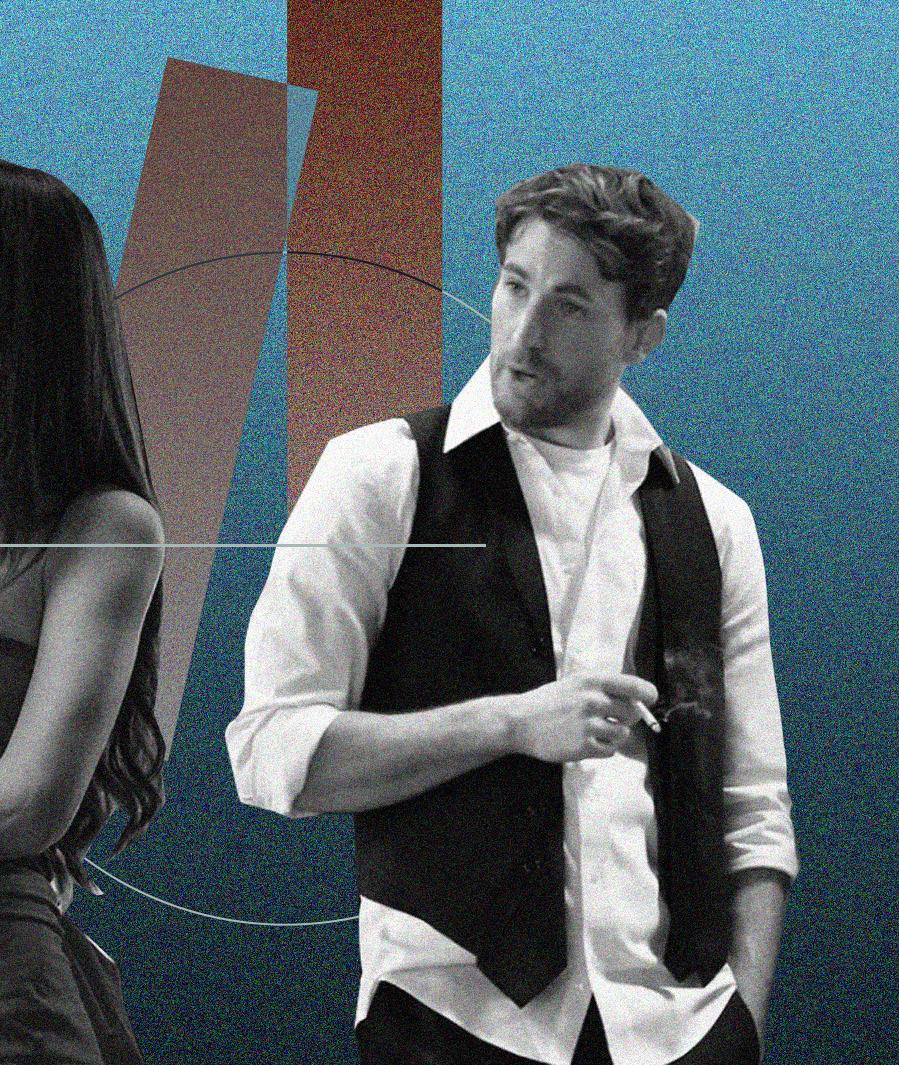
want to see their students.”
One of the darker plotlines in Materialists is centered around Sophie (Zoë Winters), one of Lucy’s clients, who is assaulted by Mark—one of her other clients. After Lucy finds out about the assault, she breaks down and ravages through her notes on Mark in search of red flags that she may have missed. However, she isn’t able to scavenge anything substantial from her notes that would’ve informed her about Mark’s behavior. When asked about how she felt about the scene, Daddis says that
it doesn’t reflect how she approaches her work and even made her “a little mad,” as Lucy had only written very superficial things—related to money and height— about Mark in her notes. “That was upsetting, because I was like, you didn’t do your job,” Daddis says. “I like to think that we go much deeper than that. To really find, a partner for someone, it needs to be more than [that].”
At Three Day Rule, the matchmaking process is certainly deep, and much more intricate than a swipe–based app. Once a
matchmaker is hired, they spend time getting to know the quirks and traits of their clients and understanding their clients’ preference in a partner; they figure out their clients’ non–negotiables while probing at other boxes that the client might want checked off. Then, the matchmaker begins interviewing as many people as they can on behalf of the client—whether it’s the clients of other matchmakers, former clients, or people who’ve signed up to be in Three Day Rule’s network without formally hiring a matchmaker.
Daddis always schedules video calls with potential matches for her clients instead of relying solely on written profiles or phone calls. “I think it’s really important to see the body language, the eye contact, and how they answer questions,” Daddis explains. “People can do great with their voice, but if their shoulders are up to their ears and you can see they’re stressed out, or they’re lying or something, then I’ll know.”
The questions that matchmakers ask potential matches are razor–sharp, designed to cut through the surface and reveal as much about the potential match as possible. “‘Tell me about yourself. What are you looking for? Why have your relationships failed? Do you know why? Tell me about your relationship with your mother,’” Daddis says, firing sample questions in rapid succession. “I ask about their upbringing or their relationship with their siblings.”
Beyond intimately understanding the matches, the questions are also intended to gauge a sense of the match’s communication style. Once the matchmaker feels like they have found a good match for their client, they write up a biography about the match and share photos of the match with their client. It’s not just matchmakers who are asking questions throughout the process; Daddis’ clients often bombard her with questions about why she believes the match is a good pairing.
Now, on to the fun part—if both parties demonstrate interest, they proceed to the next point: a date. At that point, the matchmaker momentarily steps out of the frame and follows up with both the client
and the match to hear how things went.
“Some of the times it’s my client who wasn’t really into the match, and then the match was really into my client, so then I handle that.” Daddis says. “There’s really no typical [outcome]. Once I introduce them, I kind of saddle up and go for the ride, because I can’t control how anything happens.”
Though the ride can be quite turbulent, many clients try to exert control where they can, such as by drawing hard boundaries around what they want. Common filters include ethnicity, politics, and religion. Among women, though, one preference surfaces more than any other: height. “That’s the one that makes me chuckle, and it’s funny, because the women that are sticklers for heights usually end up having really great dates with men that they would not swipe on otherwise, if they didn’t have me to push [them] and be like, ‘What’s one inch?’” Daddis laughs.
These kinds of interactions, Daddis says, are exactly what Materialists got right. The film’s depiction of matchmaking was oversimplified and slightly inaccurate, but the portrayal of clients felt uncannily real. “Those things were verbatim things that people say to me: what they want, what they deserve, what they are hoping for, their hopes and dreams,” Daddis says. “All of those things, they were spot on.”
In the end, matchmaking isn’t about manufacturing the perfect partner. Rather, it’s about helping people expand their idea of what love can look like. Sometimes, that means nudging someone past a rigid checklist. Other times, it means opening a door they didn’t even know was there. Daddis recalls a female client who had only dated women and came to her wanting to explore dating men for the first time. “She’s marrying a man now,” Daddis says. “People come to us for all different things.”
Daddis’ advice for Penn students who are looking to couple up is as predicted—to sign up for Three Day Rule.
“At least just put your name in the hat,” Daddis says. “It’s just another place to make yourself available.” k
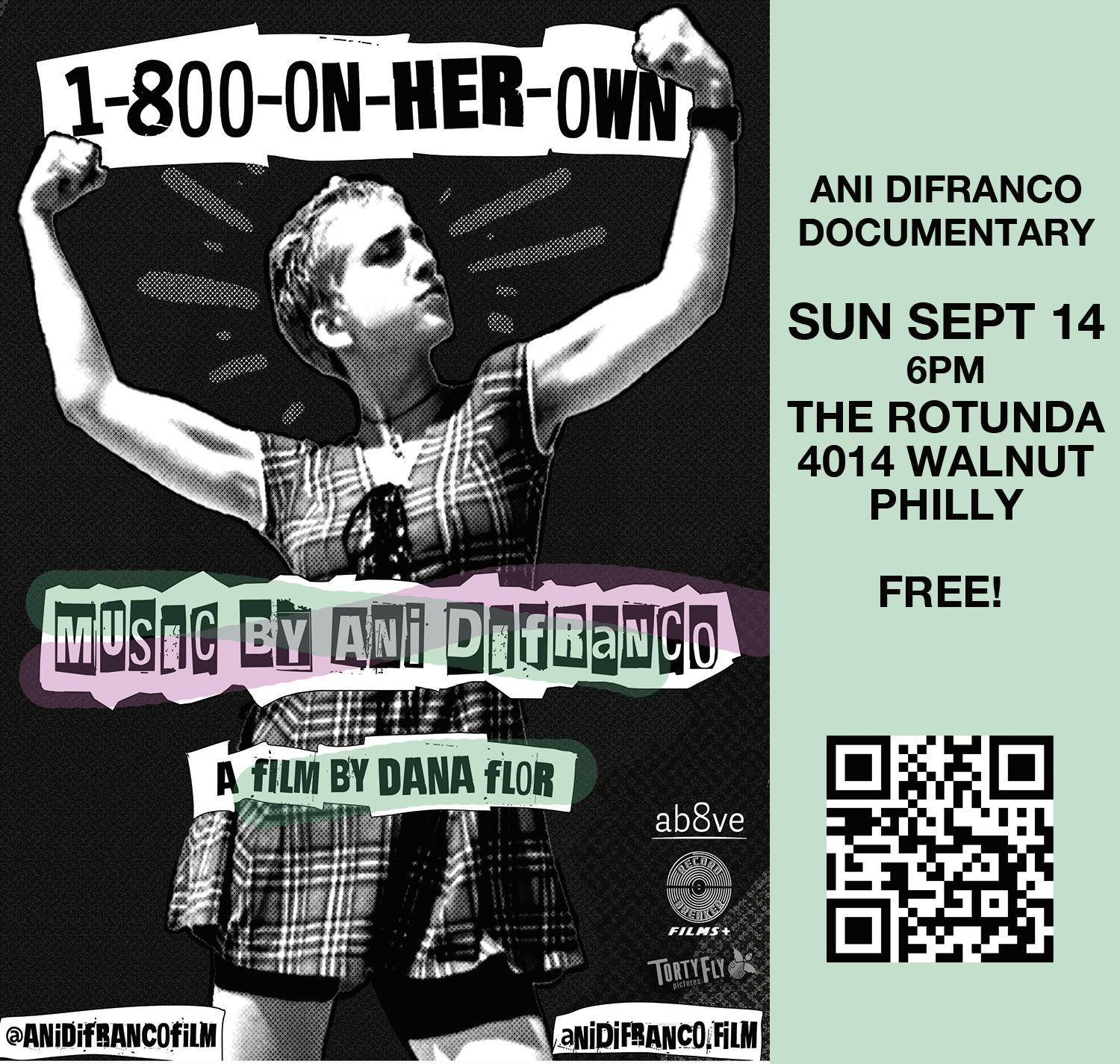

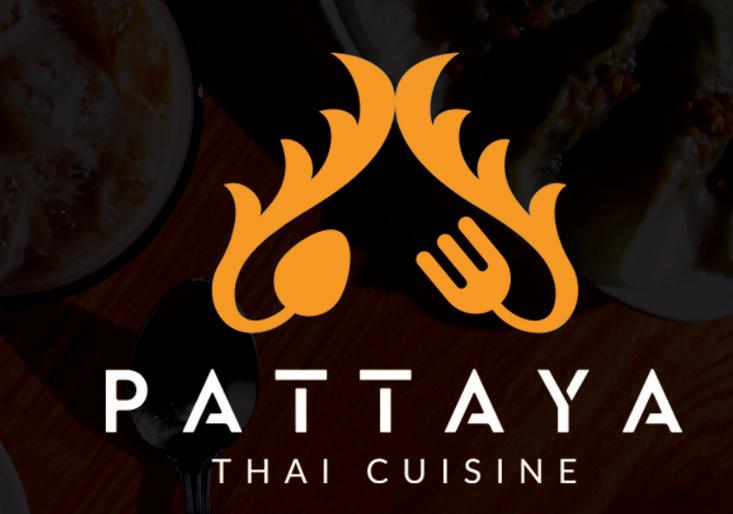
The Rise of ‘Girl TV’: Why We’re All Watching Fleabag’s Daughters
Messy, self–aware women on screen still resonate in a world that expects them to have it all together.
BY ANANYA KARTHIK
Graphic by Kate Ahn

If there’s a defining genre of television and film for women in their late teens and 20s today, it’s what might be called “girl TV.” The term refers to pieces of media that center on messy, self–aware, and often self–destructive female protagonists who narrate their own lives with a blend of brutal honesty and ironic detachment. These are characters who oscillate between shame and self–celebration, who live in small apartments and make bad decisions in
good lighting, and who seem to exist in a world where the line between therapy and spectacle is intentionally blurred. The genre’s canon includes Fleabag , Lady Bird , and Barbie , and while each film or series has its own flavor, together they reflect a deeper cultural fixation: a collective fascination with women behaving badly and taking control of their own stories.
What unites these works isn’t just a focus on women’s lives, but how those
lives are framed. Their protagonists are narrators, performers, and unreliable witnesses to their own dysfunction. They speak directly to the audience, both literally—as in Fleabag , where Phoebe Waller–Bridge’s character breaks the fourth wall with smirks and side eye—and structurally, as in Lady Bird , where Greta Gerwig’s script invites the audience to sit in the tension between self–delusion and self–awareness. Barbie pushes this even further,
using hyper–femininity, satire, and self–parody to not just dissect the impossibility of living up to what a woman is “supposed” to be, but to deliver that message in dialogue with its audience. The film explicitly acknowledges its own contradictions and invites viewers to laugh, cringe, and reflect alongside it. These characters are not role models, and they’re not trying to be. They’re telling us, in no uncertain terms, that they are selfish, impulsive, and sometimes cruel. Yet there’s something in the chaos, the humor, the refusal to behave, that keeps us watching—sometimes with admiration, sometimes with unease, but always with our full attention.
The rise of “girl TV” coincides with a larger cultural shift in how women are allowed—or expected—to perform their lives in public. In the 2000s, media representations of women were defined by a kind of curated aspirationalism: the Carrie Bradshaws and Serena van der Woodsens of television were glamorous even in their messiness. Their problems were real, but they were also softened by wealth, style, and the promise of redemption. Fleabag marked a break from this tradition—when it premiered in 2016, it felt revolutionary not just because its protagonist was flawed, but because the show refused to grant her a neat resolution that “excused” her behavior. Her story was hers to tell, and she told it without apology.
Lady Bird , released a year later, captures a similar ethos in film. Christine “Lady Bird” McPherson (Saoirse Ronan) is both endearing and insufferable, a teenager who fights with her mother, lies to her friends, and romanticizes her own life to the point of absurdity. Lady Bird was not a story about triumph, or even about resolution; it was a story about a girl who doesn’t know how to be—a young woman caught between the roles she’s told to play and the person she might become, a woman flailing through friendships, family expectations, and her own inflated sense of self. Lady Bird acutely captures the silent desperation
of trying to reinvent yourself while still being tethered to the people and places that shaped you.
In 2023, Barbie took this even further, becoming a global phenomenon by explicitly framing the female experience as one of cognitive dissonance: You can be everything and nothing, powerful and powerless, an object and a person, all at once. In one monologue that’s already become a cultural touchstone, America
These characters are not role models, and they’re not trying to be. They’re telling us, in no uncertain terms, that they are selfish, impulsive, and sometimes cruel. Yet there’s something in the chaos, the humor, the refusal to behave, that keeps us watching.
Ferrera’s character gives voice to what many women already feel: “You’re supposed to love being a mother, but don’t talk about your kids all the damn time. … You have to answer for men’s bad behavior, which is insane, but if you point that out, you’re accused of complaining.” Like Fleabag or Lady Bird , Barbie gives voice to the latent contradictions that structure women’s lives, pulling the audience directly into the tension between self–awareness and self–critique that defines “girl TV.” It’s a self–referential, confessional project, now with a blockbuster budget.
The self–aware genre of “girl TV” res -
onates with younger viewers, especially women, because it mirrors how we consume and create content in 2025. Social media has trained us to view our lives as material for storytelling: We only recognize ourselves through Instagram captions, TikTok voiceovers, and BeReal snapshots. Similarly, the women depicted in “girl TV” are both protagonists and influencers—curating, self–critiquing, and inviting the audience into the performance of their pain. They are not “likable,” but they are captivating.
Of course, there’s a risk that “girl TV” can become a genre with diminishing returns. As more shows and films adopt the formula of chaotic womanhood, the aesthetic of messiness can start to feel less like a radical act and more like a branding strategy. The “hot mess” character has become a type in its own right, complete with the trappings of aestheticized dysfunction: oversized button–downs, artfully messy apartments, and a curated playlist of sad–girl pop. At times, it can feel like we’re watching a genre parody itself—an endless loop of women looking into the camera, confessing their flaws, and cueing up Phoebe Bridgers.
Still, for many viewers, the appeal of “girl TV” endures in its refusal to sanitize the female experience. These stories don’t offer neat moral lessons or redemption arcs. Instead, they present a world where women can be funny, petty, angry, and sad—sometimes all at once—and where that complexity is the point, not a problem to be solved. If “girl TV” is a mirror, it’s a deliberately cracked one, reflecting back the contradictions of a generation raised to perform empowerment while still navigating the same old pressures of gender, class, and identity.
In the end, watching Fleabag ’s daughters spiral through their crises isn’t just entertainment. It’s a kind of collective processing: a way to acknowledge that we are all, in some way, performing throughout our own messy, imperfect lives. k

Strike a Pose!
The essence of Philly ballroom and its 36 years of gracing the dance floor
BY XIHLUKE MARHULE
Graphics by Kate Ahn
Iam one of the first to arrive. The room is stuffy but bearable. I set my bag and skateboard down and get ready to learn something new. Homages–in–painting, rudimentary audio equipment, and loose pieces of furniture fill the room. Two dancers across the room are stretching to warm up. As more people stream in, the energy lifts. Practice eventually starts, and from the get go, I realize I will not be able to keep up. So I watch.
Hands. Catwalks. Duckwalks. Spins and dips. Floor performance. Death drops. Opulent wigs and costumes, extravaganza, charm and wiles, all in fierce competition. To the uninitiated, a simple collage of words. For those in the know, a call to witness. For participants, these words mean everything.
This is the essence of vogue.
A far cry from its quaint beginnings in trans, queer, people–of–color communities, the modern ballroom scene has taken the world by storm, permeating throughout pop culture, from initial hits like Paris is Burning, to millennial–age classics like hit television series POSE and RuPaul’s Drag Race. Ballroom lounges within the online antics of actor Channing Tatum and even cross–generational content, with voguing references appearing in the recently released,
Gen–Z oriented Hulu series Adults
While modern ballroom culture originated within Black and Latinx LGBTQ+ communities of Harlem, N.Y. in the early ’70s, it eventually found its way to Philadelphia 20 years later, allowing for a different kind of emergence— the kind sparked by hungry upstarts like local voguing legend Alvernian Davis.
In the ’70s, Alvernian Davis, known then as Alvernian Prestige, attended a ball in the capital of ballroom culture: Harlem. The events that transpired that night prompted the formation of House of Xavier, led by Davis at the age of 18, a stark contrast to most other Philly ballroom house parents, who tended to be anywhere in their late 20s to 30s. Although disagreements with house sponsors were a catalyst for the eventual disbandment of House of Xavier, the newly founded House of Prestige would be Davis’ next challenge at the behest of a crush, Michael Brown (better known then as Mike B). This venture proved successful, as the house went on to become one of Philly’s premier ballroom houses.
This story is only one of many. While ballroom centers competition, it thrives primarily on a communal sense of belonging, found abundantly within ballroom cultures across
the globe, especially due to its queer roots.
Queer communities have often been at odds with the state of the world. The appearance of HIV/AIDS in the ’70s and ’80s was one such conflict. In a time where prejudice and health challenges tore through a community already ravaged by the continually oppressive practices and policies of Frank Rizzo, a commissioner of the Philadelphia Police Department in the late ’60s, trailblazers like Davis provided safe spaces and created a milieu for unhindered creative expression.
The history of ballroom culture in the United States tells us a few things, of which the most important is perhaps the vitality of familial connection. Those on the fringes of an unrelenting society rarely find spaces that are safe, loving, supportive, and stable: This is a legacy that has persisted throughout history. Among the queer community, many have turned to prostitution or drugs for some form of community, and this has continued with contemporary alternatives coming in the form of sites like OnlyFans.
As a choice and expression–centered alternative, ballroom culture provides safety and security in many important forms. Ballroom houses often provide members with a roof over their head, as well as food and security from

the dangers of living on the streets. Members of the ballroom community reveal that ballroom culture then gave those who participated three important things: financial incentive in the form of cash prizes—a means to live, creative expression—a way to survive, and a chance at fame—a chance to thrive.
Generally, it’s surprising to see viral moments retain a lot of their history and legacy, but this is something that can certainly be said for the ballroom culture of the ‘70s. The contemporary scene is much larger, seeing as participants now navigate a tech–centric world with more exposure and more ease of convenience. Collaborations such as the ever–famous Madonna “Vogue” music video and the smash–hit series RuPaul’s Drag Race have likewise exposed ballroom culture to a wider range of people than ever before.
Wanya Allen is a member of the House of Unbothered Cartier and an avid member of the
Philly ballroom scene. Despite being a longstanding member, he is still relatively new to Philly’s “kiki” scene, a ballroom subculture that mirrors the “mainstream” most are familiar with, but on a more regionalized scale. Allen participates under the ballroom pseudonym “Wanda,” a name gifted to them by their house parent.
Allen's story stands as a quintessential example of contemporary ballroom culture and the environment it fosters. “As someone who’s black and gay,” he starts, “I was not accepted by my family. So ballroom was my safe haven to be who I wanted to be and live my life as me.”
Though this story is not wholly unique within the scene, that fact does not detract from the severity of its effects on the individual. He emphasizes that “a lot of us just want to feel loved, accepted, and at home. And a lot of us want that feeling of having a parent and having family to look up to. Because honestly, if it wasn’t for ball-
room, I probably wouldn’t be as confident as I am, or the individual that I am.”
Growing from the strains of frayed family relationships due to queer identities and having a “found family” within the ballroom scene in the form of housemates, house parents and elders, and fellow competitors is the classic story within the ballroom scene—it operates as a vehicle for an unapologetic and encouraging love. But that’s not the only way to get into ballroom. Drew Clarke, known in the scene as “Wally,” is a two–time Legend in the “All–American” and “Runners With a Twist” iterations of ballroom, and the current facilitator of the Rotunda’s (almost) weekly communal voguing sessions. Having previously been a part of such houses as the House of Unbothered Cartier and the House of Ninja, Clarke now stands as a pioneer in the Philly ballroom scene, being one of few to host regular balls.
Clarke’s story highlights another major tenet

of ballroom: creative expression. As Allen mentions, “It is really all about creativity, from your effects to your performance. … We create our looks using our way of how we see something.”
While attending Virginia State University, Clarke was part of an urban modeling group named Urban Couture. He progressed very quickly, teaching his own sessions by the end of his first year. Some friends of his involved in ballroom culture first introduced him to it, but he was unreceptive. This changed, however, after being stuck at home one Christmas break with his modeling “brothers and sisters.” Hours of scrolling through voguing videos together turned to fun sessions in the home, which in turn became an online presence that was enough to earn a practice session with the esteemed House of Ninja. Clarke now finds himself in the House of Gianni Versace.
Clarke is also a key part of a continuing movement to make ballroom more accessible
to the people of Philadelphia, and the driving force behind these efforts has been his relationship with a local concert and community engagement venue, The Rotunda. This began in 2021 and 2022, when Clarke reached out to house director and liaison between Penn and The Rotunda Gina Renzi. After communications, the two have blocked out most Tuesdays since, and the time is now reserved for community ballroom efforts, such as house practices and (almost) weekly voguing sessions that are open and free to the wider Philly community, overseen by technician “Stro.” This particular endeavor points to a potential next step in Philly ballroom culture—increased community efforts.
As an event organizer and Hall of Famer hopeful, Clarke notes that perhaps the biggest challenge to the ballroom community now is the lack of wider community support. Difficulties arise in trying to secure diverse and consis-
tent venues for balls and practices, as well as general accessibility to the craft.
Yet, ballroom is arguably at its most influential state, existing and operating on a global scale. The popularity of aforementioned shows, such as RuPaul’s Drag Race and POSE, have seen ballroom talents become stars with significant—and culturally groundbreaking— influences in mainstream pop culture. Still, their hold on their critical values is highly emphasized.
Philly ballroom definitely has space to grow, yet that only lends to its exciting nature. Community has been and will always be a part of the culture; The Rotunda’s involvement in the community stands as a testament to that. With a continued consistency and welcoming presence, Philly ballroom continues to spin and dip through strobing lights and bumping music, right around the corner of the street. k

The Birds 34TH STREET PRESENTS




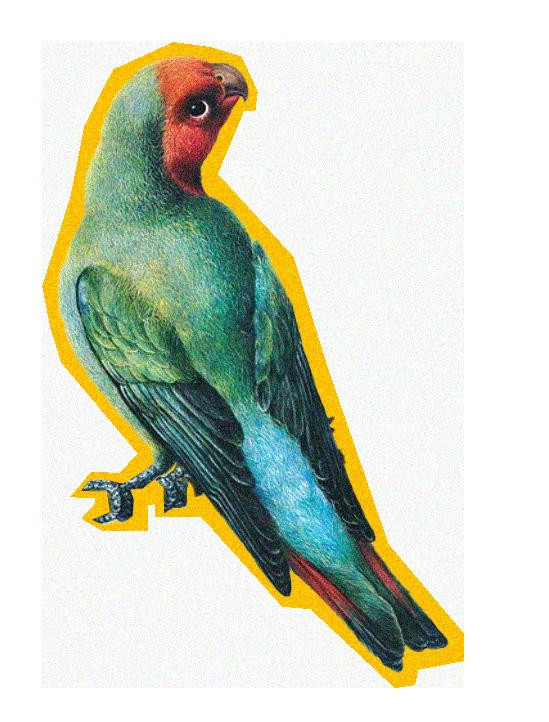






Everyone Care If We’re Having Sex?

Benito









Why Does Everyone Care If We’re Having Sex?
The voyeuristic obsession with Gen Z’s sex lives
BY KATE CHO



Design by Insia Haque and Jackson Ford
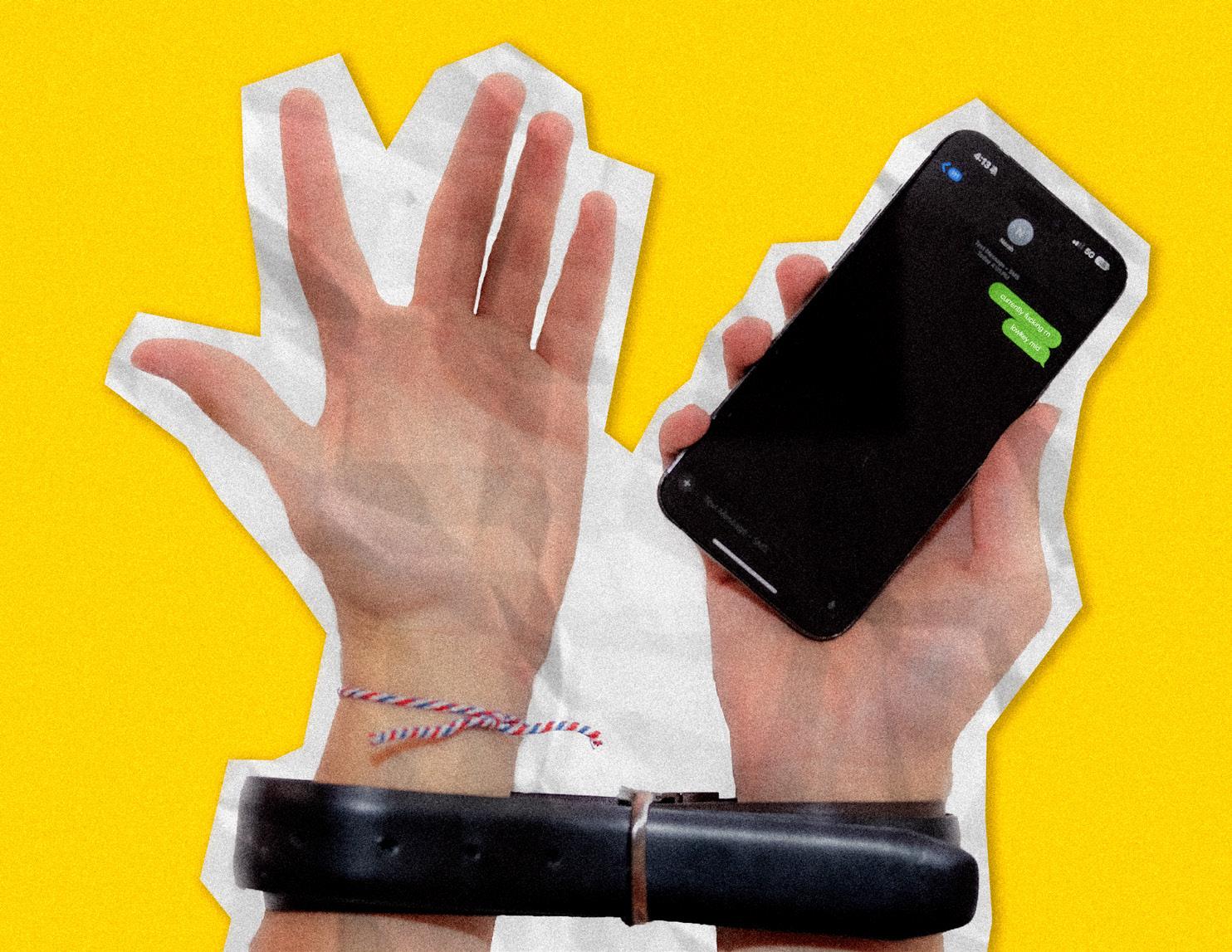

rent discourse, our lack of it. You’d think Gen Z was either too traumatized to touch each other or too busy role–playing with artificial intelligence to have a real libido. In 2018, The Atlantic reported on what it calls a “sex recession” occurring among young adults following a 14% drop in high schoolers having sex, according to the Centers for Disease Control and Prevention. A new moral pan-
ic emerges—older generations are suddenly no longer concerned that young adults are having too much sex, but rather that they
The sex panic has rebranded itself: It is no longer about abstinence rings or purity balls, but about “liberation,” “empowerment,” “hypersexuality,” “femcels,” “healing,” and TikToks about “why I stopped having sex.” Everything is either a warning or a TED Talk.
The discourse itself has become more voyeuristic than anything on Pornhub. Generational predecessors treat Gen Z like a single organism: one hive mind of prudish, traumatized, overly online freaks who either



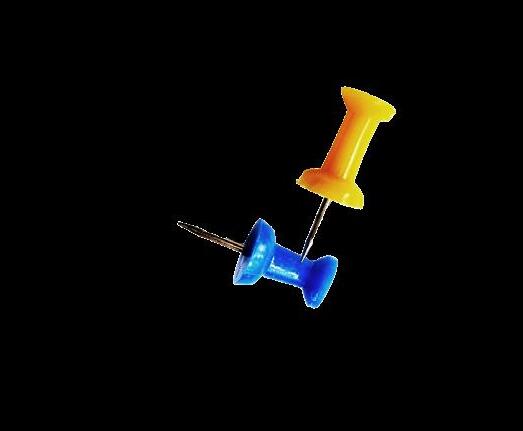

can’t get laid or don’t want to. As a flurry of articles floods front pages, it seems the older generations can’t help but obsess over what exactly Gen Z is or isn’t doing in the bedroom.
In The Society of the Spectacle, Guy Debord argues that modern life has replaced direct experience with images and representations. In other words, we don’t even care what happened—we care how it looked. Sex, like everything else in our lives, has been flattened into his concept of spectacle. It’s no longer private, or even particularly transgressive—it’s just content. It’s romantasy becoming one of the top–selling literary genres


and asking, “BookTok girlies, what’s the spice level in this?” In a world of OnlyFans, “girlbossing,” polycules, “ethical nonmonogamy” explainers, and kinks as personality traits, the new taboo is ambivalence. You can be queer, kinky, abstinent, hypersexual, traumatized—but you can’t just shrug. You can’t just not know. There has to be a reason, and everyone, it seems, is desperate to diagnose it.
We’ve branded even our disinterest. If you’re abstinent, it has to be aesthetic—Catholic coquette, clean girl, Lana Del Rey core. If you’re into sex, it’s a whole identity package: slutty but responsible, hot but healing, always in control. Even hookups have to come with a lesson. You need a takeaway to justify the risk.
We’ve lost the space for chaotic, uninterpretable sexual behavior. But sex isn’t always narratable. Roland Barthes writes in A Lover’s Discourse that the minute we try to speak about love, we estrange ourselves from it. Intimacy collapses under analysis. It becomes performative, theoretical, and uncanny. The more we try to capture it—the longing, the mess, the “I don’t know why I want him”— the more artificial it starts to feel. Sex works the same way. The more we explain it, the more it slips. And yet here we are, turning everything into a monologue. Into storytime. Into a trauma plot, or a kink diary, or a thread about how our ex gave us a UTI and daddy issues.
In a world where “He rawed me and I still can’t tell if I liked him” is both a meme and a trauma disclosure, we’ve turned sex into a mirror held up to ourselves. We’re spectators of our own lives. We don’t experience sex—we post about experiencing it. We turn it into proof that we’re hot, healing, complicated, interesting. And those people who are having the sex lives that Boomers suddenly seem convinced we should be having—casual, consistent, whatever—never talk about it. Not because they’re ashamed. Because it’s enough to just live it. It doesn’t need to be posted or packaged. It’s not for the gaze.
And then there’s Byung–Chul Han, who writes in The Transparency Society that in a culture obsessed with openness and overexposure, secrecy and ambiguity become radi-
cal. Ambivalence becomes resistance. What isn’t explained, shared, or optimized becomes threatening. Silence becomes power. He’s right—and nowhere is that truer than with sex. If you’re not narrating your hookups or labeling your dry spell, people assume something’s wrong.
But sometimes, there is no label. No story. Sometimes you just are. You sleep with someone, and it means nothing. Or it means something, and you don’t want to talk about it. Or it means something different on Wednesday than it did on Saturday. That’s not confusing. That’s life.
If there’s any kind of sexual liberation worth protecting, it should include the right to say nothing.
Romantasy and smut culture, in particular, sell us what Lauren Berlant would call cruel optimism—the belief that if you’re just hot enough, just good enough at setting boundaries, just healed enough to let the right dom touch you, then sex will finally click into place. You’ll be fulfilled. You’ll have a plot. But for most of us, sex isn’t a breakthrough. It’s not a resolution. It’s punctuation.
Even the “feminist” narratives—your Fleabags, your Emerald Fennell productions—still insist that meaning comes from not having sex. From learning to withhold. From rerouting desire into grief or growth or God. The opposite end of the same stick. Sex must break you or heal you. Euphoria and Saltburn just scream it louder.
In our increasingly pervasive culture, it feels as though there is no room in it for girls to just have sex. No room for the girl who enjoys it and doesn’t post a close friends slideshow. No room for the girl who wants it sometimes and shrugs it off other times. She’s not traumatized enough to be tragic.
Not horny enough to be a slay. She’s just living—and that doesn’t sell.
NPR defines “femcel” as “girls and women who are celibate, either voluntarily or involuntarily.” But that makes no sense. The whole term “incel”—involuntary celibate—is defined by not having access to sex despite wanting it. It’s about entitlement, resentment, and exclusion. Voluntary celibacy is literally the opposite of that.
The standard is stricter for men. A guy isn’t considered an incel unless he’s failing at sex. But a woman can be called a femcel even if she’s just opting out. The word stretches to include anyone who’s celibate at all—by choice, by circumstance, by boredom, by disinterest. There’s something quietly misogynistic and misandrist about that. It assumes men will always want sex, and if they don’t get it, they’ll become dangerous. But women? If they’re not having sex, it must be part of some pathology—repression, pick–me syndrome, performative tradness, a trauma response. The language builds in the assumption that women must always be in relation to desire—even when they’re saying no.
People who are genuinely content with their sex lives—whether it’s frequent, infrequent, monogamous, chaotic, or barely happening—usually don’t talk about it all the time. Not because they’re ashamed, but because there’s nothing to prove. Their intimacy isn’t for audience consumption. It’s private, not in the romanticized, candlelit sense, but in the nonperformative sense. It doesn’t need to be explained, aestheticized, or used as narrative currency.
We’ve built a culture where sex has to be explained, branded, or turned into content to be considered real. And if you’re not doing that—if you’re not sharing, processing, oversharing—people assume you’re ashamed or repressed. But maybe the refusal to narrativize isn’t a lack. Maybe it’s a boundary. Maybe it’s resistance.
There’s a difference between secrecy and privacy. Between repression and disinterest. Between being broken and just not giving everyone access. And if there’s any kind of sexual liberation worth protecting, it should include the right to say nothing. H




Are You a Freak in the Streets?
Trust Street, this is not a bucket list!
q 1. Crushed on someone that lived on your floor
q 2. Gone a date with your Penn Marriage Pact
q 3. Skipped class to go on a date
q 4. Joined a club to be closer with your crush
q 5. Had class with someone you ghosted
q 6. Sexiled your roommate
q 7. Had a DFMO at a party
q 8. Looked up a crush on Penn Directory
q 9. Friend–cest ruined your freshman friend group
q 10. Broke up during finals week
q 11. Seen your professor on a dating app
q 12. Breakfast at Hill as aftercare
q 13. Bought condoms from “Grommons”
q 14. Acquired club merch you are not a part of via a hookup
q 15. Dodged someone on Locust Walk that you hooked up with
q 16. Used LinkedIn as a dating app
q 17. Got in a relationship during NSO

q 18. Been walked in on
q 19. Met the parents before you defined your situationship
q 20. Ordered Plan B through the Wellness at Penn vending machine
q 21. Met someone on Sidechat
q 22. Showed up to class with hickeys
q 23. Cheated on your long–distance relationship
q 24. Gone on a first date at Smokes’
q 25. Hooked up with someone else’s date at a date night
q 26. Hooked up with your TA
q 27. Hooked up in exchange for help on your homework
q 28. Hooked up with someone in all four undergraduate schools
q 29. Lived with a situationship

q 30. Created a dorm guest pass for a hookup
q 31. Masturbated while your roommate was in the room
q 32. Hand stuff in a Huntsman GSR
q 33. Got engaged in your senior year
q 34. Sex under The Button




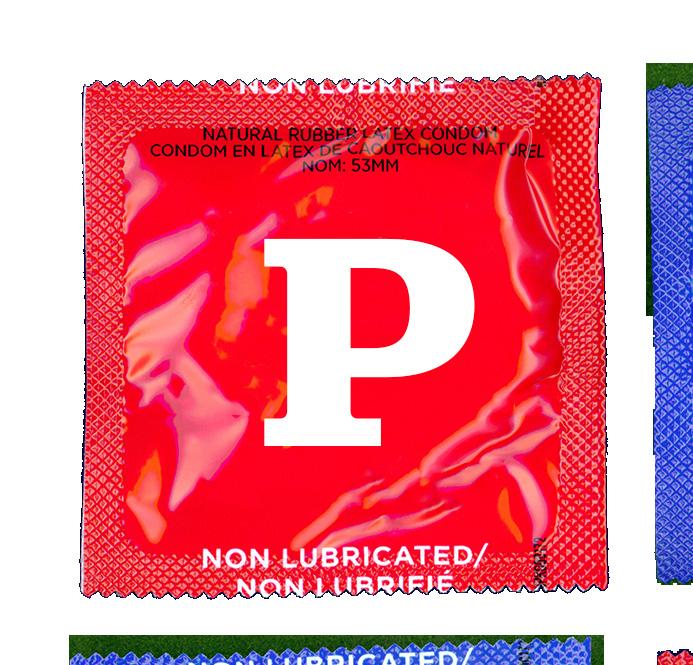


Come As You Are
The Struggle To Disseminate Sex Ed on Campus
BY NISHANTH BHARGAVA, SOPHIA MIRABAL, AND ANISSA T. LY

or many, the words “sexual education” often bring to mind a stuffy high school classroom—condoms on cucumbers, Googling STI symptoms, your gym teacher sitting you down to talk about “growing hair down there.” But it’s in college that these early lessons truly bear fruit. On campuses, sex ed morphs into something else entirely. Debriefs with roommates, whispers at parties, and Sidechat discourse become informal kernels of knowledge, filling in vast gaps left by inadequate high school curricula.
Design by Insia Haque and Jackson Ford
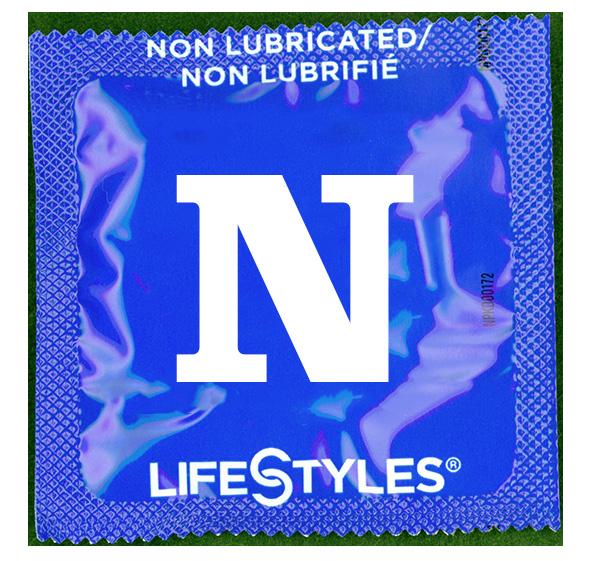
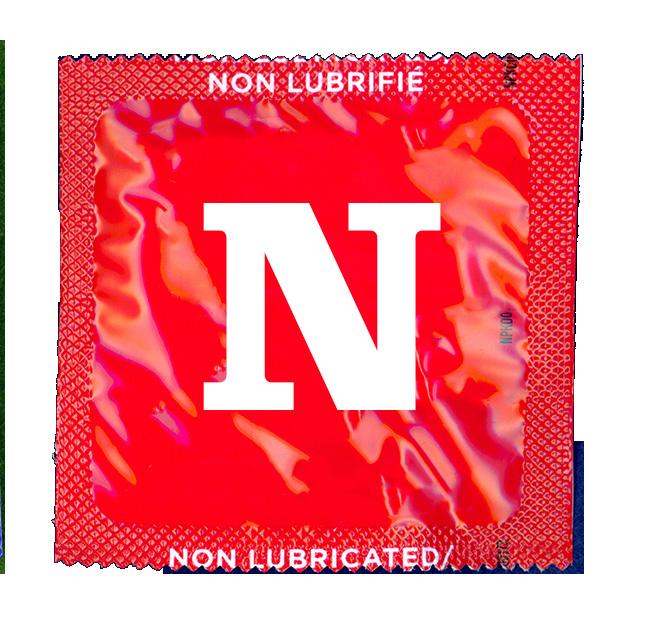
A 2023 report by The Daily Pennsylvanian found that 68.2% of Penn students consider themselves “sexually active”—so it’s up to the University, both students and administrators alike, to ensure equitable access to the knowledge and resources for healthy sexual practice on a college campus. At Penn, informal education is supported by both institutional resources and student–led initiatives, greeting a student body that arrives at very different starting points: Some undergraduates are schooled in abstinence–only programs, others with comprehensive curricula, and many international students have little to no prior exposure to pronounced sex education. They carry with them, consequently, the stigmas, silences, or overexposures of such systems.
This variation is hardly surprising considering how fragmented sex education is before college. In the United States, high school courses require, on average, just 6.2 total hours of instruc-
tion on human sexuality—the specifics of which are decided entirely at the state and local level. As a result, curricula differs greatly, from states like Oregon—which mandates annual instruction on STIs, contraceptives, and gender/sexual diversity to all middle and high school students—to those like Indiana—which does not require any sex ed and pushes schools that do teach the subject to encourage abstinence and display animated videos of “fetal development.” Access to sex ed is further complicated by the “opt–out” clauses many states have in place, which allow parents to remove their children from classes if they feel like the class content is inappropriate or objectionable.
That patchwork is striking enough within the United States. For international students, the contrast can be even sharper. Given that Penn’s undergraduate schools draw from more than 100 countries, the disparities are just as stark across international borders as they can be across state lines. Rebecca Lim (W ’27), grew up in Kuala Lumpur, Malaysia. Coming to Penn, she couldn’t help but find it absurd that other students would describe lack of space for open dialogue when, back home, any posts that her nonprofit, the Noeo Project, wanted to published about sex ed had to undergo several rounds of screening. “In the U.S., everyone is empowered to talk about everything,” she says. “There is less red tape.” Back home, she describes public schools where sex ed is glanced over and kept within the bounds of science classes.


At Penn, student sexual–health initiatives don’t live under one single office or program. Instead, a loose network of resources operates to fit the needs of a particular aspect of campus life or segment of the student body. The Penn Women’s Center, the LGBT Center, and Wellness at Penn work to bridge the gap between the diverse backgrounds that converge on campus.
For many students, Wellness at Penn is the central entry point for student health concerns, immunizations and insurance waivers, medical care counseling, and more. In terms of sexual health on campus, Jackie Recktenwald, the director of Wellbeing Initiatives at Wellness at Penn, describes their goal in terms of “sexual citizenship”—equipping students with tools to navigate consent, pleasure, identity, and digital intimacy in a new environment. On paper, it appears more than sufficient. But these resources are only effective if students actually use them. While many students harbor a desire to destigmatize conversations around sex and sexuality, Wellness at Penn staff themselves acknowledge that it’s rare for students to reach out directly.
“I would say students are sort of hesitant to have these conversations in person. It’s very rare that we get someone who calls us on the phone to talk about sexual health,” says Recktenwald. “More often than not, they’re looking online or hearing from friends or going to resources that are not us.” The result is a strange juxtaposition: a student body that desires institutions built on a culture of access but is at times reluctant or unsure of how to utilize them.
Administrators hope to resolve this tension with Vibe, Wellness at Penn’s newly relaunched sexual health program. Formerly known as Declassified, Vibe is asynchronous and email–based, aiming to provide some relevant, of–
the–times insight into sexual health and culture at students’ own demand. It’s designed to reach students where they already are: on their phones, in their inboxes, searching for answers outside of University–designated hotlines.
“[Vibe] really runs the whole spectrum of sexual health and education. The first unit starts with basic anatomy, because we don’t know what level of education students have when they arrive to campus,” explains Wellness at Penn Director of Communications Mary Kate Coghlan. “Some of them are very well versed in sexual health and have a lot of experience with it; some have zero sexual health education or background. And so [you’re] really starting from the basics and then working your way through that, through communication and consent, and you know, all the different components of a healthy sex life and healthy sex education.”
The program contains a vast pool of resources. Later units cover overlooked topics in sexual health that appear frequently on forums where accuracy isn’t monitored, like a course on rough sex and choking that was added after research out of the University of Indiana flagged it as a growing area of emphasis. There are also sections on digital sexual health that reflect the realities of online relationships, dating apps, pornography, and even the rise of artificial intelligence companionship.
“Our philosophy is just providing sort of resource information up front,” says Recktenwald. “We know our students spend a lot of time online, right? We know a lot of people are meeting on apps. We know a lot of people are changing information there. And we want to just extend our general, educational approach to those places as well.”
But sex ed on campus is by no means limited to administrator–led initiatives. Penn Re-


productive Justice is one student organization with a two–pronged mission—making up for the paucity of education students receive before coming to Penn and offering access to resources that ensure students’ sexual health while they’re at the University. On the education front, PRJ’s programs for college students are tailored to fit their needs in an environment where many have their first sexual encounters—“[we talk about] different kinds of contraception,” says co–founder Annabelle Jin (C ’25), as well as “how to access them on campus, like through Student Health Services.”
Where PRJ really steps up, however, is in organizing direct product distributions. One of their most high–profile initiatives is the “Wellness Express” on the third floor of ARCH. Planned in collaboration with groups like the Trustees’ Council for Penn Women, the Undergraduate Assembly, and others, the Wellness Express is a vending machine that distributes condoms, Plan B, menstrual products, and other essentials to Penn students free of charge. Antoilyn Nguyen (C ’25), another of PRJ’s co–founders, argues that while access to information is important, it’s actual, physical products that are often most vital to students’ well–being.
“I could be super educated. I can do everything in the world that is about reproductive health,” they say, “But if I didn’t have the pads, tampons, menstrual cups, or underwear that I need to take care of myself when I’m on my period, then what does that mean for me?”
PRJ’s resource initiatives range from 24/7 anonymous Plan B deliveries—requested through an anonymous Google Form—to handing out dental dams and lube at their table on Locust Walk. “There’s no pressure, no stigma, just take it!” Antoilyn urges. “We love when people take our shit.”
While expanding access to physical resources forms the core of PRJ’s work, it’s these physical resources that have come under the greatest threat following recent policy changes by the second Trump administration. Though the White House hasn’t issued any explicit orders limiting access to contraception at the federal level, it has restricted the use of Medicaid funding to pay for elective abortions and reinstated the Global Gag Rule, preventing any foreign organizations that offer or consult on abortion services from receiving any assistance from the federal government. Moreover, at elite educational institutions across the country, Donald Trump (W ’68) has shown willingness to weaponize federal funding to browbeat universities into compliance with party politics. It’s a threat that Penn has cowed to before, going so far as to redact the records of transgender swimmer Lia Thomas (C ’22) to conform with the White House’s Title IX threats. Because student organizations on campus receive their resources from official University sources, a Trump order halting the ability of universities to supply gender–affirming or reproductive care would rapidly reduce students’ access to vital contraceptives such as Plan B.
One particular set of college sexual–health programs seems most at risk—those catering to LGBTQ+ students. From the beginning, the Trump administration has set its sights on dismantling “gender ideology”—the conservative byword for LGBTQ+ inclusion initiatives—that it claims has taken over campuses across the United States. While the administration’s most prominent actions in pursuit of this goal have been in cracking down on diversity, equity, and inclusion programs, Trump’s executive orders have also attacked various aspects of health care for LGBTQ+ Americans—a Jan. 28 executive order limits access to gender–affirming care for


minors under the guise of preventing “chemical and surgical mutilation,” while a more recent June rule from the Department of Health and Human Services prevents insurers from covering gender–affirming care costs as Essential Health Benefits for Americans of all ages.
The University has shown no lack of willingness to bow to the Trump administration’s commands before, having already planned cuts to inclusion initiatives at both University of Pennsylvania Carey Law School and Penn Medicine and banned transgender athletes from competition in response to White House pressure. Shifts to federal policy place Penn’s entire sexual–health ecosystem at risk. Official University bodies are bound to feel pressure from congressional scrutiny. Student organizations rely on University backing to get vital resources into the hands of those who need them most. Amid this pattern of ongoing compliance with the presidential administration’s regressive orders, can access to sexual health care on campus still be taken for granted?
Organized University resources like Wellness at Penn hold that their mission is to inform students about sexual health rather than tell them how to behave—whether that means providing medical care, counseling, or programs like Vibe. Recktenwald explains that the office aims to be a “jumping–off point,” emphasizing compliance with state policy rather than attempting to calibrate programming to the constantly shifting, often conflicting patchwork of national laws. The approach seems to mirror the University’s instinct for self–protection in an increasingly precarious policy environment: It’s better to present a buffet of resources than risk being accused of indoctrination, or worse, jeopardizing federal funding by running afoul of the White House’s whims.
But while University resources address material concerns at the present, they fail to directly address the anxieties many in the Penn community feel living in a policy–flexible environment. “I am not particularly worried about the access to reproductive care in my state,” says Angelie
Rodriguez (C ’27), an English major from New York. “But I am worried about the continued access of it in other states, where people might not be as open about forms of reproductive care. … I’m concerned about the continued production or availability of birth control, because it is so universally used, not only as a form of contraception, but also to regulate hormone imbalances for women.” These concerns are amplified by Penn’s LGBTQ+ community, who fear that further federal policy shifts could limit access to essential medical procedures. “As I transition, I know it’s going to get harder for me to get reproductive care,” says Ife Watts (C ’28). “I don’t have many friends on campus who are worried about reproductive care in the same way that I am worried about reproductive care.”
The vast patchwork of University offices and student–led initiatives can make sexual health on campus feel relatively well–supported. But graduation quickly severs those ties, dropping students back into the less fluctuating landscape of American health care policy. These fluctuations lead some international students to question whether to remain in the United States at all. “[There’s] a lot of volatility in U.S. policy,” says Max Nothacker (C ’27), an international student from Germany. “Volatility affects planning, and I want to plan my life.” While Penn may offer plenty of access to contraception or sexual–health information, the prospect of staying in a country where those rights and resources feel contingent on who occupies the White House remains unsettling.
Sex ed is more than a couple of middle school classes that are forgotten by graduation—it’s an effort that continues into college, and one that requires an active community to offer resources and knowledge to the students who need it. At Penn, the effort to create an open and welcoming environment is tangible. Beyond it, however, students are reminded that what they’ve learned matters little without the assurance that they’ll be able to apply their lessons freely and safely. H

In Overcompensating, the Show Never Ends
Benito Skinner’s latest project pokes fun at people who are always performing, and the punchline is that it’s all of us.
BY SAMANTHA HSIUNG
Design by Kate Ahn


In most queer TV shows, the performance of straightness is merely a phase. A queer character might be in denial about their sexuality or reluctant to share details about their sexuality with others. They hide parts of themselves, presenting themselves in ways they think will be acceptable, and eventually come out—a moment of revelation framed as liberation. Overcompensating, the new queer comedy on Prime Video, refuses that neat resolution. It dismantles the idea
that coming out marks an end to performance, instead emphasizing that performance can permeate every aspect of a queer person’s life—extending far beyond just their sexuality. It makes it clear that overcompensating is not exclusive to queer experiences.
The show centers around Benny Scanlon (Benito Skinner), whom we first see hauling his belongings into his new dorm room at Yates University. His sister, Grace (Mary Beth Barone)—an upperclassman at Yates—has already
gained a strong social foothold and resents Benny for choosing the same college as her. We’re also introduced to Grace’s boyfriend, Peter (Adam DiMarco)—a self–proclaimed campus alpha who seems to only ever think about sex or parties, and Carmen (Wally Baram), a slightly nerdy classmate who spent high school in the shadow of her now–deceased brother and whom Benny quickly befriends on his first day of school. Imitating the macho personalities of the other guys at his college that

Unsurprisingly, the hook–up flops but initiates their beautiful friendship.
Overcompensating is the brainchild of Skinner—best known for his Instagram account @bennydrama7—where he built a strong following by performing caricatures of celebrities and pop–culture archetypes. The first version of Overcompensating debuted in 2018 at the New York Comedy Festival as a stand–up comedy skit about his efforts to remain in the closet while at Georgetown University—Yates’ real–life counterpart.
Like Skinner’s online Instagram persona, the world of the show is replete with caricatures. Every character is a familiar archetype lodged in Gen Z’s collective consciousness—turned up to the max. The joke is in the exaggeration, but the exaggeration also becomes the show’s scaffolding; within the world of Overcompensating, characters become legible to one another through these known stereotypes, just as we, the audience, use those stereotypes to make sense of what we’re seeing.
These sorts of exaggerations give way to the concept of overcompensation as the central node of the show, especially for Benny, who masks his queerness by performing hyperstraightness—throwing parties, tossing out “no homo” jokes, and calling every man he sees a “dude” or “bro.” He brags to his new college crew about hooking up with Carmen, lies to his parents about joining the rowing team so they’ll still see him as the athlete he was in high school, and constantly shapes himself to match an idealized perception others may hold. Skinner even plays Benny’s overcompensating moments with a deliberate stiffness to drive the point home—that Benny is bad at pretending.
The repetition of the exaggeration
we can hear the word “dude,” phrases like “seal the deal” (in reference to sex), or sentences like “I … fucked her” (I will leave the blank to your imagination) in domino–like succession.
But it’s that very exaggeration that makes the moments when Benny breaks through his mask all the more incisive. These moments form the core of Benny’s friendship with Carmen— like when Benny apologizes to Carmen for lying to other people about hooking up with her, and when Carmen comforts Benny after his heart is crushed by his first male crush in college. Each scene momentarily punctures the relentless performance that Benny had tried so hard to keep up, and they stand among the show’s most meaningful moments.
In many queer coming–of–age shows, the main character often follows a familiar arc. Cracks in their performance of straightness keep deepening until their mask finally drops for good. The entire show generates momentum toward the moment of coming out, treating it as the central point of the plot, and the following episodes or further seasons may cover the aftermath of the revelation: the liberation of having come out, the exploration of different romantic relationships, the navigation of new dynamics with friends and family, and the satisfaction of being able to settle into a more open, authentic sense of self. Heartstopper, the 2022 Netflix breakout hit, is a textbook example. Its first season is anchored in Charlie’s journey of self–acceptance and Nick’s journey of coming out, and its latter two seasons are devoted to the joys and challenges of life after coming out.
But Overcompensating makes a sharp break from most queer coming–out narratives. Even after Benny comes out
to Carmen and a few others, he still doesn’t stop performing. Before coming out, he had overcompensated for his queerness by mimicking the behavior of an uber–straight jock. After coming out, he overcompensates in the opposite direction by leaning into the role that Carmen assigns to him as her gay best friend, or “GBF.” He curates his behavior to match his new role as a GBF by going on Grindr dates, watching RuPaul’s Drag Race with Carmen, and letting her teach him about queer history.
Queer or not, everyone is always putting on a performance of who they think they should be.
However, Benny’s adoption of this new role does not indicate that he is done hiding. He continues to conceal other details about his life to project the most idealized version of himself to other people. He lies to Carmen about having left Flesh and Gold—Yates’ elite secret society they were both invited to rush but from which she was rejected— even though he hasn’t, protecting both his fraternity boy persona and Carmen’s feelings. Around other Flesh and Gold members, he acts as if he isn’t friends with George—a queer activist at Yates whom Benny had befriended when he was struggling to understand his sexuality. Coming out doesn’t free Benny from the need to shape himself for others; rather, coming out creates a new set of expectations that Benny feels the

need to fulfill. This concept of overcompensating doesn’t just apply to Benny; it applies to every character in the show. And that is perhaps the most important critique made by the show—that queer or not, everyone is always putting on a performance of whom they think they should be. While rushing Flesh and Gold, Carmen flattens her personality around the members and even lies about not being lactose intolerant to attend a dinner with them. Grace used to be a grungy girl in high school who loved My Chemical Romance, but she shifted her personality to that of a stereotypical, straight white girl after dating Peter. Peter acts like he owns everything in the world in front of Grace and his friends, but deep down, he is insecure about his socioeconomic status and lack of job prospects. In each case, the gap between their private selves and public performance is vast, and every character is sculpting a version of themselves for others just to fit in. By pushing these personas to absurd extremes, Skinner shows just how much effort it takes to keep them intact. Sometimes, though, these performances do slip. When Carmen visits Benny and Grace’s home over Thanksgiving break, we see flashes of Grace’s old self. With Carmen’s encouragement, she sings “Welcome to the Black Parade”—a song by My Chemical Romance—at a gathering in front of all the boys who made fun of her in high school. Grace’s reversal into her past self is not a coming out in the traditional sense, but it functions quite similarly, as she exposes a hidden part of herself that she had been working to keep sheltered away from the world. By showing that these moments of self–revelation happen across all types of people, Skinner frames “coming out” as a universal concept—one that isn’t just about sex-
uality, but also about the ongoing negotiations that everyone might have with their own identities.
By the end of the show, Benny catches Carmen betraying him in the worst of ways (no spoilers). A verbal war breaks out between them, and the fight continues escalating until Carmen pointedly accuses Benny of wanting to sleep with everyone’s boyfriend. Grace walks in at the pivotal moment, and the show ends. We’re tragically left on a cliffhanger. This scene, however, is not the triumphant, cathartic moment of truth that is often promised in queer narratives. Rather, it is a reminder that coming out can be abrupt, messy, and even imposed by others. Benny is now out to his sister, but not on his own terms; he is stripped of every bit of control that he had maintained throughout the season. Along with cliffhangers, we’re also left with lingering questions that drive home Overcompensating’s thesis: What new expectations will Benny have to grapple with in the upcoming season, now that his sister knows that he is gay? In what new ways will Benny be overcompensating or performing a different version of himself now that more people know about his sexuality?
In the turbulence and chaos of college, perhaps everyone performs a fake version of themselves—feigning interest in clubs or classes that they secretly dislike, exaggerating how happy they are in a relationship, or pretending to do well when they’re not. All the world, as William Shakespeare says, is just a stage— except in Skinner’s fictional world of over–the–top characters, no one seems to want to step off. But maybe the most honest, most refreshing thing is for a comedy to admit that—that maybe performance isn’t just a temporary act on the way to an “authentic” self. Maybe the performance is never just a phase. It’s the whole point. H


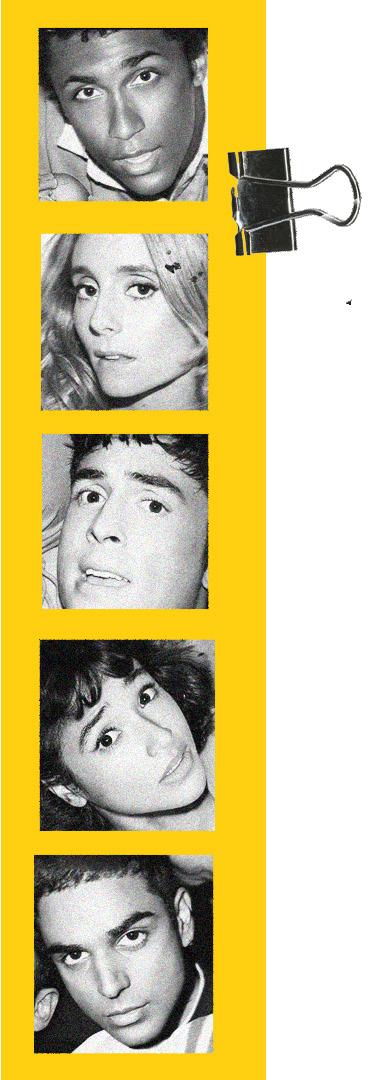
The Ins and Outs of Sexual Health at Penn
From supportive communities to STI testing sites, Street is rounding up resources.
BY SARAH LEONARD
Design by Chenyao Liu
For many students stepping onto a college campus for the first time—or for any one, frankly—sex can be a lot. There is both the new opportunity to explore this formerly elusive world and a sudden thrust into the very real emotional and physical implications that come with sex. Induced shame, forced ignorance, and a lack of access to information and resources can lead young adults to feel overwhelmed about entering this new stage of their life. Navigating the world of sex health and reproductive justice on campus and in the city can be confusing—that’s why we compiled this list of resources for you.
Whether you’re interested in personal wellness or communal advocacy, whether you’re having it or not having it, whether you feel prepared or sex is simply not on your mind right now, there’s a place on Locust Walk (or nearby) that has what you need.

Wellness at Penn
“At Wellness at Penn, we are committed to ensuring the wellbeing of our students through a variety of services.
Vibe is Wellness at Penn’s asynchronous sexual health education program focused on exploring information and tips that are curated to help you improve your sexual health and relationships. We provide inclusive, judgment–free education and resources to help you make informed choices about your body, relationships, and sexual wellbeing. Students can sign up to receive the program via email on our website.
We are also proud to offer an accessible vending machine to our students filled with free over-the-counter wellness products. Currently,w we have one vending machine located on the third floor of the ARCH building (located at 3601 Locust Walk, Philadelphia, PA 19104).
Finally, students can visit our website for a full list of medical services provided through Student Health and Counseling. In addition to services we offer, we can also provide refer
Penn Violence Prevention
“We want our students to understand that sexual health includes building healthy relationships and good consent practices. Penn Violence Prevention (PVP) offers both staff and student–led (by our amazing team of Penn Anti–Vio lence Educators!) workshops on consent, bystander intervention, setting healthy boundaries and how to support friends if they've been impacted by interpersonal violence. As a confidential resource office on campus, PVP is available for one– on–one conversations with students who would like to bolster their awareness and skills around good consent practices in their sexual relationships and we're also available if you've had an experience that wasn't consensual and you want to talk to someone about it. We partner closely with many campus departments and community resources and can help students understand resources available at Penn and beyond. No question or experience is too big or too small!”
— Elise Scioscia, director, Penn Violence Prevention




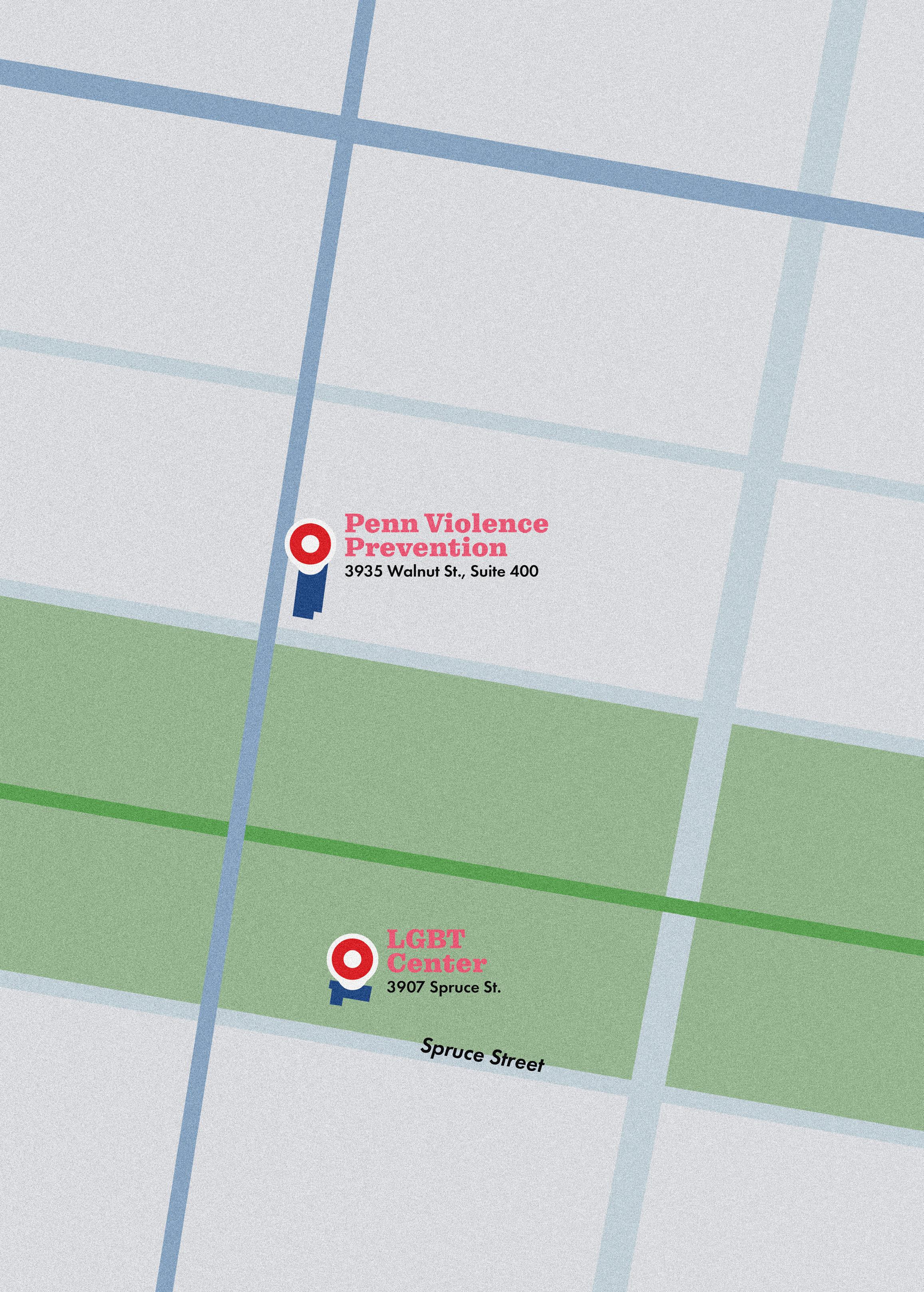
• Wellness Express Vending Machine at the ARCH: From tampons and hand sanitizer to condoms and Plan B, the vending machine offers a variety of wellness products—all available for free with a swipe of your PennCard.
Penn Reproductive Justice confidential Plan B delivery: Free and anonymous—just fill out the form in the organization’s Instagram bio or right here.

Penn Women’s Center and LGBT Center
For over 50 years, Penn Women’s Center has worked to create a safe space for women on campus. The center offers services such as confidential counseling as well as helping connect students to a broad network to cater to specific needs. Advocacy is similarly important to the center, as it hosts events throughout the school year about topics like gender equality and reproductive health.
Located near Gregory College House, the LGBT Center has become a home for many queer students on campus. The center offers a variety of resources to set queer students up for suc cess at Penn and beyond. With events and educational programming, a focus on advocacy, and a strong built–in network, the LGBT Center has created a space for students to explore and celebrate their gender and sexuality.
“Student Health, Penn Women’s Center, and the LGBT Center are private spaces that are accessible to all Penn students. Staff in these centers can answer questions and help navigate various resources and services.
Several student organizations provide peerled educational programs and opportunities for children advocacy and engagement related to sexual health and reproductive rights. A few of these groups include:
• Penn Reproductive Justice
• Penn Association for Gender Equity
• NursesforSexualandReproductiveHealth
• GEM: Guidance, Empowerment, and Medicine in Women’s Health
• If/When/How: Lawyers for Reproductive Justice”
— ElisaFoster, director, Penn Women’s Center

Planned Parenthood: At 1144 Locust St., Philadelphia’s Planned Parenthood health clinic offers STD testing, abortion services, and gender–affirming care. Walk–ins are welcome, or call the clinic at 215–351–5560.
Philadelphia Sexual Assault Response
Located at 300 E. Hunting Park Ave., PSARC is a private, nonprofit center that offers treatment for victims of sexual assault. Patients receiving treatment are not required to file a report with police.

Free or reduced STI testing through Wellness at Penn: Free for students on the Penn Student Insurance Plan and $10 to $30 for students on their own insurance, Student Health and


Penn Reproductive Justice
“PRJ sends a warm welcome to all new and re- turning students! For sexual and hygiene health resources, students can go to the Wellness Express vending machine (located on the third floor of ARCH). PRJ also offers its confidential emergency contraception residential services, which will re- open this semester. Students can also visit Student Health and Counseling, Penn Women’s Center, Penn Violence Prevention, and the LGBT Center for additional resources.”
— Johana Munoz, Philly education lead, Penn Reproductive Justice



My Community’s Community
An ode to the people I call home
BY NORAH RAMI

few weeks after I arrived on campus my first year, a PennQuest leader one year older than me sniffed me out and texted me the details of all things queer at Penn. He divulged the basics: Swalloween is the queer–exclusive Halloween party that everybody who is anybody attends, Wharton Alliance is the application–based Gender and Sexuality Alliance club for corporate A–gays, and Carriage is its equally exclusionary counterpart for artsy queer people who love to party and take photos.
I followed none of that advice. I went to Swalloween exactly once and ended up making out with a lesbian John Lennon. My closest encounter to Wharton Alliance was a friend who
Design by Insia Haque
called me on the phone during their initiation to try to set me up with a stranger he just met. I hungered for queer community, but I was far too lazy to fill out any application to justify my affinity; nor did I feel comfortable sitting in the basement of the ARCH building divulging the details of my sexuality to a group of people I had just met. Instead, I found my community in the oddest corners: a PennQuest bus ride, incidentally through classes, and, of course, through this goddamn magazine.
To be very clear, this is not a hit piece on organized queer spaces on campus—those are important and serve their own purpose. Instead, it’s an exploration of what the informal “queer community” looks like and what it means for
But when I called up the people with whom I’ve discussed the plights of the Scene and begged for dating advice, we couldn’t even agree on what “queer community” even meant.
Cathy Li (C ’25) refers to the “capital–Q Queer community” as politically left advocacy organizations that align themselves with uplifting queer politics—referencing both the Penn Queer and Asian Society and Penn Reproductive Justice as examples. Andrew Lu (C ’27) also references Q&A but views the queer community as a matter of identity and affinity first and foremost. Yet, he also makes the argument that co–ed fraternities (e.g., the St. Elmo Club) and preprofessional frats are also inherently queer— not in the sense that they recruit their members

“Like whenever I would rub shoulders with straight women, I would be like, ‘Oh my God, we go to the same school?’”
greek life. While that may be a hot take, Vivian Yao (E ’26) did find her queer community in her preprofessional frat’s queer affinity group, QT (a play on the frat’s name, OT). And when she and I started seeing each other, those were some of the first people she told.
Hannah Moskowitz (W ’26) and I disagree about how to even define the phrase “community.” Hannah thinks the phrase implies a queer–exclusive space. On the other hand, I tell Hannah I see all of my queer friends as part of my “queer community”—even though Hannah had met Vivian exactly once at a formal pregame. Community, to me, implies people I can relate to when asking for dating advice or rely on to call me back within an hour’s notice when we have extra pages to fill in a Street issue.
Considering this definition, Hannah points out the roles that her brothers (“some of the straightest guys ever,” she says) play in making her feel comfortable in her sexuality. I confide in her that I nearly called some of my straight male friends for this article. After all, those are the people with whom I tend to talk about my love life most often—since we all seem to be dating bisexual women.
But this intersectional definition of queer community is far more personal. For Andrew, as a gay man, he describes Penn experience as almost separated from his straight male counterparts.
“It always felt like the queer community was not just a niche part of Penn, but like a different world altogether,” Cathy says. “Like whenever I would rub shoulders with straight women, I would be like, ‘Oh my God, we go to the same
Hannah imagines that queer people tend to gravitate toward each other because it’s a “visible thing that people wear on their chest,” which means that it can be a lot easier to identify someone as sharing your queerness rather than your same interests. Friendships based on the latter have been far more fulfilling for her. The queer friends she’s found have been through other pathways, such as working on TA staff together or participating in Bloomers Comedy.
I point out that Vivian and I met through working for The Daily Pennsylvanian together, which mirrors her theory. But Hannah pauses, pointing out that the friend who set me and Vivian up is also queer. “I often think to myself, ‘Do I need queer friends to date?’” Hannah says. “I do think that a large number of people seek out queer community because it’s like, how else are they supposed to date?”
But for Andrew, the insularity of queer community has made dating a lot harder. “I definitely suffer from overexposure,” he says, pointing out that the interconnected queer scene can easily devolve into chaos. Most of his friends on campus are queer, a stark contrast from our high school experience in Texas, where he was one of the few out gay men in our high school. That’s part of why he was really intentional about seeking out queer community in college.
High school seems to impact how Penn students experience queer community in college. Coming to Penn, Hannah didn’t place finding queer community at the top of her list. At her New York high school, plenty of people were out at school or in queer relationships. “I guess I kind of just assumed it was gonna happen,” Hannah says. “It’s not that I assumed I would find a community. I assumed I would find queer people that would scratch the itch of having queer people in my life.”
When Emmett, who is using a pseudonym for this article, left for college, his mom encouraged him to find a queer community. Emmett had transitioned in high school, but college gave Emmett an opportunity to go “stealth” and pass as a cisgender man. Emmett instead opted to join a frat and avoid associating with queer spaces on campus. “I came in and I was like, ‘I don’t want to be around those people. I don’t need to be around trans people to be able

Emmett spent his first year isolated from other queer people, mainly associating with other men in his frat. But, even in passing as cis, he realized as he went through college that he was denying a key part of himself by denying his queerness.
“My mom was right—I did end up seeking out queer community, and I’m much happier because of it,” Emmett says. “There’s a way you’re thinking about sexuality and gender and self–expression and how you form friendships in a way that people who aren’t [queer] just aren’t gonna get.”
Finding queer community while going stealth can be difficult. Emmett keeps a list of all the people in college who know that he’s trans: in his first year, it was primarily just girls he hooked up with, but as he’s grown more confident and comfortable, he’s begun talking about his transition openly with more people. Over the summer, he even showed a group of guys he was hanging out with his baby photos. Emmett realizes that most people incorrectly assume that he’s bisexual when he identifies with the queer community. “I just wanna be seen as a queer man who likes girls, and it’s kind of an odd thing. It’s not really a thing people know how to deal with.”
He’s not interested in any “big reveal” about his transition, but he has come to the realization that if people were to find out, it wouldn’t be the end of the world. Still, being stealth allows Emmett to pass as cis and offers him a certain veil of safety, especially when he first joined his frat at Penn. “We’re in a world where queer people aren’t necessarily uplifted. Trans people aren’t necessarily safe,” he says.
When I first met Emmett, I had harbored the same jealousy I did of the other straight men in my circle, men on whom I relied for advice but who I recognized were a step above me when competing for the same girls. After a year of us knowing each other casually, I finally became friends with Emmett in his own right. When he disclosed his identity to me while ranting about dating troubles, he said my reaction perfectly lined up with his prediction: a nod of understanding and then an offer to set him up with my friends. Maybe that’s all queer community is. H

I’ve never found that the people in my life are afraid of talking about sex. If anything, it’s the opposite—we frequently philosophize on all aspects of those inner desires. And we certainly don’t have to try hard to talk about it—sex is an almost universal object of fascination for young adults, whether they are active, curious, or utterly disengaged.
But for something everyone seems to think so much about, it’s striking how no one can agree on what sex actually is.
Ask ten people on campus what counts as a “body” and you’ll get ten wildly different definitions. For its part, Merriam–Webster’s dictionary defines “intercourse” as “physical sexual contact between individuals that involves the genitalia of at least one person.” This already feels woefully inadequate: Under the Webster rule, even so innocuous an act as a handjob definitively counts as sex. After all, it’s physical contact involving at least one person’s genitals. Even more confounding is its implicit assertion that physical contact involving genitalia could be anything but sexual.
and shapes the way we view ourselves.
One of the most common definitions of sex is what we can loosely call a “vibe” theory of sexuality. Like Supreme Court Justice Potter Stewart on pornography, some people are content to say they know sex when they see it. The idea—and it’s not altogether a bad one—is that if it seems impossible to rigorously define what acts are and aren’t sex, we can at least come to a consensual view on what constitutes a sexual act by appealing to our basic intuitions. This seems not just unsatisfactory, but totally wrong. For one, what constitutes a sexual or suggestive act is

out talking about its position within rela tions of social power. In Ancient Greece and Rome, there was no blanket condemnation of homosexuality, but instead a judgement on those who assumed the passive role—the dominant, penetrating male could retain his social standing because topping was perfectly compatible with a masculine position of power. The labeling and classification of sexual activity, as well as outright prohibition of certain forms of it, has always been a way for institutions of power to assert their will over populations.
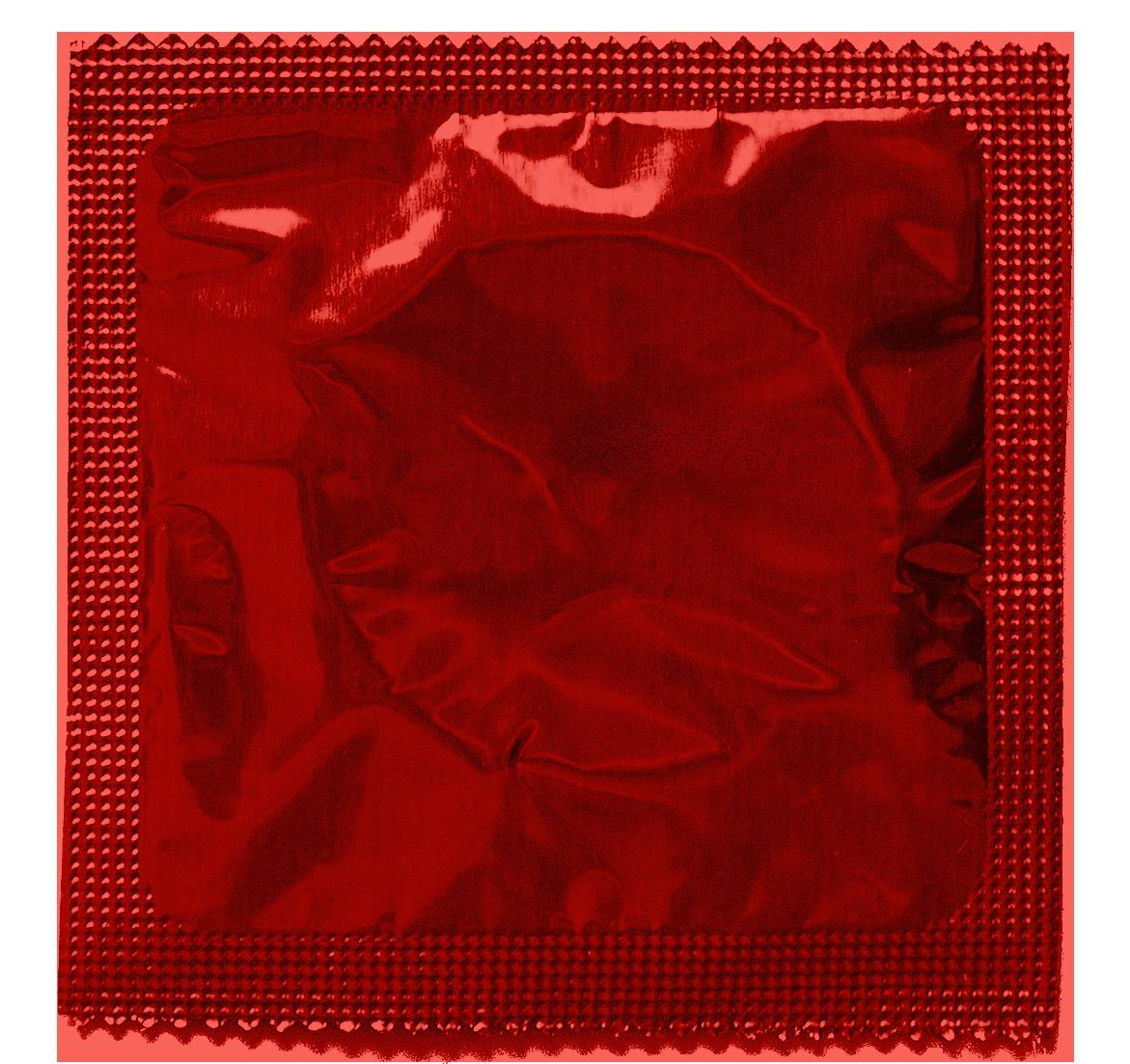
What We Talk About When We Talk About Sex
Turns out, it’s a bit more complicated than just ‘you and me.’
And the uncertainty around what constitutes sex isn’t just a problem for dorm room conversations. In cultures that prohibit sexual activity before marriage, acts that “aren’t sex” serve as loopholes that allow people to act on their desires while maintaining a kind of “purity”—think, for example, of the Mormons soaking at Brigham Young University. At the level of public health, definitions of sex that privilege penis–in–vagina intercourse can inadvertently come to make other sexual acts seem safer or less taboo in comparison. These definitions, however, don’t always line up with reality, and they often serve to push out other ideas of sex that don’t fit heteronormative standards. While sex is a private act, the concept of sex is a social one, something that both enables interpersonal communication
BY NISHANTH BHARGAVA
Design by Insia Haque
already a point of real contention—how often have you been told you were being flirty towards or leading on someone you had no intentions to sleep with?
More damningly, though, knowing what “sexual” means actually aids us very little when it comes to how we should act in sexual situations. It’s a problem that extends to our initial question; why talk about sex at all if our conversations don’t help us do it? It doesn’t matter what sex is, definitionally— what we care about is how we feel about it.
It’s also impossible to talk about sex with-
And this power doesn’t confront us as something outside us, but something within. Social forces impact the way we view our sexuality by shaping us as subjects, altering how we understand ourselves in relation to the world. Take the concept of virginity as an example. While young men—explicitly or implicitly—are often taught to view their virginity as a mark of shame that they should shed at the earliest opportunity, young women are taught the opposite, to guard their purity and stay virgins, usually until marriage. Power doesn’t just prevent us from acting on our desires—it alters what those basic desires are, shaping our attitudes towards sex and pushing us to have more or less of it.
The different significance and moral value that sex and sexuality holds between populations is what really breaks down our communication. The social roles we receive without choice early in our lives—our race, religion, sexuality, gender—contain within them moral codes that tell us what it means to be good. Not necessarily good human beings, but good men or women, good straights or gays. Sex can’t be grounded in a shared logical framework because our value frameworks around sexual activity diverge wildly by social position.
This is part of why the worst definition of sex is the one that, at first glance, feels the



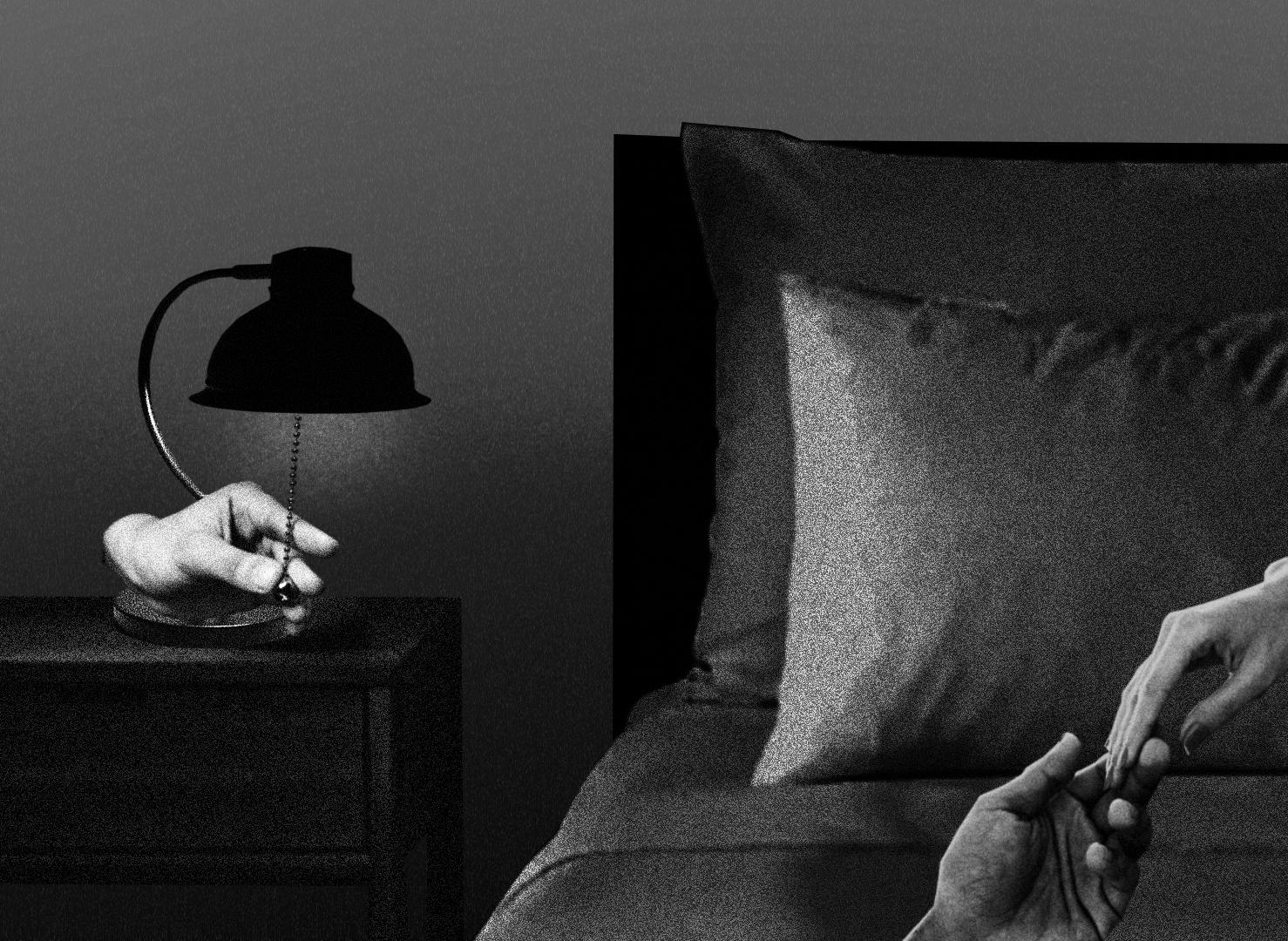
most palatable—sex is whatever you make it. While it’s self–evident that people from dif ferent walks of life have different ideas about sex, what this position really amounts to is a rejection of the idea that we can find common ground with others. If sex is whatever an individual says, any social understanding of its importance goes out the window. If my definition of sex is holding hands and yours is anal, how are we supposed to have any intelligible conversation at all? Worse than just being a bad definition, this definition destroys the power of language entirely, transforming sex from a set of shared ideas into a vast complex of private acts that prevents us from ever speaking of it.
Thinking about sex is so daunting because it takes us to the point at which logic and communication break down entirely. It forces us to accept the role that seemingly arbitrary social forces have in our individual lives. In our discourse, we have to rely on vague social attitudes rather than empirical observation or logic to talk about it. In our reflections on ourselves and our sexual lives, it’s impossible to escape from the gaze of society as it judges us for how we have sex, with who, and how much. Getting through this impasse, then, is far harder than just defining our terms more precisely. It involves giving up our individuality, or even our capacity for logic, and

accepting the fact that we are always already products of broader social relations. Shared definitions require shared values—so long as our social structure remains utterly split on who should have sex and when, logical communication on the act remains a near impossibility.
That doesn’t mean, however, that the problem of sex is unsolvable—it just means you won’t like the solution. In his seminal tract Ideology and Ideological State Apparatuses, French philosopher Louis Althusser made the point that ideology is more than just what people think. In the end, our beliefs about the world can only be understood through our actions—it doesn’t matter what we think we believe if our actions contradict our supposed values.
While Althusser applies these ideas to analyze the reproduction of capitalism, perhaps they’re useful in a more limited sense to help us on the question of sex. The fact that action, not conscious thought, is what determines someone’s beliefs implies that the way we build consensus around what sex is isn’t by trying to define it, but by studying the way we as a society act in sexual situations. Though our value systems may stand in contradiction to one another, the reality we produce is singular. The answer, then, is clear, if a bit cold: Sex isn’t “what you make

it,” it’s what we make it, through our collective sexual practices.
Our crude empirical solution certainly misses the real problem at hand. While it certainly enables clear communication, it utterly fails to capture the individual, mystical value that sex has in the human experience. What it does do, however, it brings us closer to a key discovery: Sex isn’t something to debate, it’s something to do. It’s at the level of practice that our concepts gain their significance and their power. In changing the world, we change our words and what they signify.
Since a descriptive definition of sex that pleases everyone is an impossibility, what we really need is a prescriptive definition that captures what we want sex to be. Conflicts over sex are fundamentally conflicts over values, and the way these conflicts are resolved are never in the realm of discourse—they change as the world does. To try and define sex involves putting our values into action, changing how sex is perceived through the way we act in both sexual and non–sexual situations. Whether it’s changing the way we behave in the bedroom or fighting in the streets against regressive sexual politics, we have the power to remake our world through our actions, individual and collective. Perhaps the question we should be asking isn’t “what is sex?”—it’s “what do we want sex to be?”H
Take It to the Streets
What To Do in Philly This Month
This month: internationally famous mushrooms, stand–up, endless concerts—and lots more to explore.
Going to college in Philly, we’re so often bombarded—on social media and in real life—with seemingly endless options for how to spend our free time. So I’m delighted to announce that Street has done the hard part for you: We’ve rounded up what we think are the can’t–miss events for the month in one convenient place. If I’ve done my job right, there’ll be something in here for every one of our readers, no matter what you like to do with your free time.
Jules Lingenfelter, Print Managing Editor
Sept. 5: First Friday @ Old City
Once a month, Old City stays up late to celebrate art and culture in Philly. Explore the over 30 art galleries late at night—with some offering cocktails and refreshments—attend a jazz concert, or stroll through the many local businesses in the area. Spend the evening in America's birthplace exploring the modern delicacies it now offers.
Ticket prices vary, 231 Market St.
Sept. 5: Rocky Horror Picture Show @ Laurel Hill East
Have you ever wanted to watch Tim Curry in a corset sitting in a cemetery? Maybe it’s an odd fantasy, but Laurel Hill East is making it your reality. Catered with Philadelphia classics, watch this cult classic in a setting that’s never been more fitting. Get ready to yell “slut” and “asshole” at the top of your lungs.
$25, 8:30 p.m., 3822 Ridge Ave.
Sept. 6: Honey Fest @ Wyck Historic House and Garden
This festival really is the bees’ knees! Those furry little friends have been working tirelessly all summer to give you that perfect golden sweetness. Celebrate all things honey, get a peek into their hives, and stock up at local vendors. For one day only, buzz around Wyck Historic House and Garden like a little worker bee.
Free! 10 a.m.–4 p.m., 6026 Germantown Ave.
Sept. 4: HAIM @ TD Pavilion at the Mann Center
We know you had “Relationships” on repeat last semester—if not to bemoan the current state of affairs (haha), then at least to ogle Drew Starkey. Whether you’re coming back from living a single–girl summer or simply here for women in music, HAIM is here for you. On their I Quit tour, the sisters are making a pit stop at the TD Pavilion and blessing us with one last chance at an outdoor concert before the season’s over.
Tickets start at $59, 7:30 p.m., 5201 Parkside Ave.
Sept. 4: Dollar Stroll @ Baltimore Avenue
Twice a year, Baltimore Avenue blesses West Philly with its Dollar Stroll. For the very small price of $1 to $5, you can buy your heart’s content of local cuisine, thrifted books, and more, all while local musicians and artists share their work. Get more bang for your buck with this biannual tradition supporting small businesses.
$1 to $5, 40th to 51st streets on Baltimore Avenue
Sept. 6-7: Mushroom Festival @ Kennett Square
Just outside of the city lies a wonderland of funky mushrooms, big and small. This year, the Mushroom Festival at Kennett Square is celebrating its 40th year of fawning over fungi. Join in the festivities and enjoy mushrooms served every which way, a host of arts and crafts vendors, and even a mushroom–eating contest.
$5, State Street, Kennett Square, Pa.
Sept. 12: Movie Night @ The Yard
Under the starry sky, enjoy the sights and sounds of Dreamgirls , a classic film exploring the Motown scene of the 1970s. Starring Beyoncé and adapted from its musical predecessor, this movie is one you won’t want to miss. And what better way to spend the dwindling days of summer than one last outdoor movie?
Free! 7 p.m., 1515 and 1517 N. 33rd St.
Sept. 13, 20, 27: Free boating @ Bartram's Garden
For three Saturdays this September, Bartram’s Garden is offering free boating along the Tidal Schuylkill River. Kayak or rowboat the river with all necessary supplies provided. Whether you’ve never dipped a toe into a kayak or have certified sea legs, this event is for all skill levels. Get in before the weather turns and it’s too cold to glide over those glossy waves!
Free! 10 a.m., 5400 Lindbergh Blvd.
Sept. 18: Thirsty Walls @ Tattooed Mom
Are you an artist? Do you want to throw stickers on a wall, paint a mural, or otherwise legally leave your mark on a piece of Philly? Tattooed Mom is calling artists of all kinds to come decorate its walls. Enjoy classic bar fare and meet up with local creatives at this one–of–a–kind event.
21+, free! 5–8 p.m., 530 South St.
Sept. 19-21: Making Time @ Fort Mifflin
Ever wanted to rave at a revolutionary war site? Now is your chance. The Philadelphia–born–and–raised music festival is returning for its fifth year at Fort Mifflin. This year is bringing a lineup of over 120 acts and each stage offers a different experience, from majesty to transcendence. For just one weekend, transcend all your campus stress and play around at this forest rave.
$265, 6400 Hog Island Road.
Sept. 24: MARINA @ Franklin Music Hall
For all those who lived off Electra Hearts and spent way too much time on Tumblr at a way too young age, this is the concert for you. It girl MARINA is coming to Philly for her Princess of Power album tour. Get ready to dot your cheeks with hearts and live out your primadonna fantasies for one night only.
Tickets start at $79, 8 p.m., 421 N. Seventh St.
Sept. 24–Oct. 5: Oedipus in Seattle @ Theatre Horizon
The classic Greek tragedy is hitting the streets of the rainy city. Two new actors who have never read the script will take the stage and perform the innovative mashup of Oedipus and Sleepless in Seattle . Each night guarantees a fresh take on this already wild script that philosophizes on free will and modern romance.
$35, 401 DeKalb St., Norristown, Pa.
Sept. 25: Philadelphia Orchestra
Opening Night @ Marian Anderson Hall
Celebrate the beginning of the season with the Philadelphia Orchestra. Featuring pianist Yuja Wang alongside conductor Yannick Nézet-Séguin, the orchestra will be performing Maurice Ravel’s “Piano Concerto in G Major.” Don’t miss a classic night with the sound of the city’s fine–arts scene.
Tickets start at $110, 7 p.m., 300 S. Broad St.
Sept. 25–Oct. 26: Falsettos @ the Arden Theatre
Support local theater and enjoy a romp through the Tony Award–winning musical Falsettos . Set during the AIDS epidemic, Falsettos follows a host of characters contending with heartbreak, redefining family, and playing baseball. You’ll laugh, you’ll cry, and you’ll do it all right here in Philly.
Tickets start at $32, show times vary, 40 N. Second St.
Sept. 26: SOUND TYPE @ Asian Arts Initiative
A part of a series of live shows, SOUND TYPE brings together musicians and writers to perform and play off each other. This month features Philly native Bill Nace and saxophonist Tamio Shiraishi alongside multitalented music journalist Jordannah Elizabeth.
$20, 8 p.m., 1219 Vine St.
Sept. 27: Oktoberfest @ Yards
Don’t let the name fool you: September is the month to celebrate Oktoberfest. Spend the day drinking beer from a stein, donned in lederhosen, and enjoying live music from Polkadelphia. You may even win a prize in their stein–holding competition, Masskrugstemmen. Prost!
21+, tickets start at $23, 12–4 p.m., 500 Spring Garden St.
Sept. 28: 2025 Sundance Film Festival Short Film Tour @ PhilaMOCA
Maybe you didn’t have the chance to sneak away last January to attend the Sundance Film Festival. But if you’re craving your fix of good ol’ short films, this is the event for you. PhilaMOCA has put together a hearty showing of seven Sundance participants, including two winning pieces. Live out your yet–unrealized dreams of being a film critic and enjoy the work of these serious auteurs.
$14.52, 3:30 p.m., 531 N. 12th St.
Sept. 30: Lorde @ Wells Fargo Center
Hello, virgins and listeners of Lorde. They may just be one and the same these days. This iconic New Zealander (not that young girl from Essex) is coming to Philly for one night and one night only. We know you gasped at the album cover reveal and had “What Was That” on repeat.
Tickets start at $147, 7 p.m., 3601 S. Broad St.
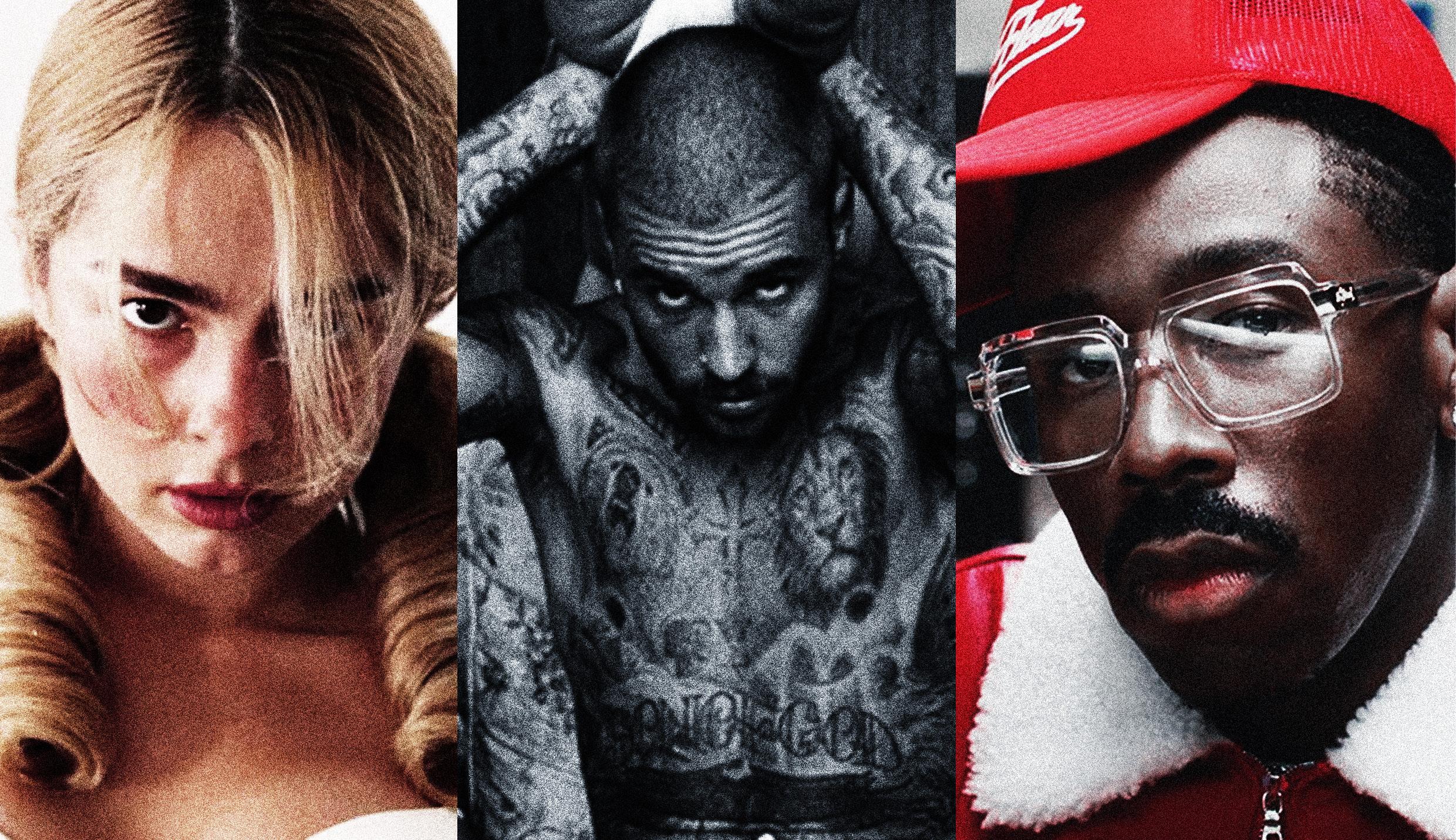
Street’s Sounds of the Summer
Addison Is the Self–Reflective Soundtrack of the Summer
BY ANJALI KALANIDHI
The album serves as both a summer soundtrack and introspective journey, documenting Addison Rae's evolution from internet personality to legitimate recording artist. While some of the album’s weaker tracks reveal areas for continued development, the project’s overall strength demonstrates that Rae has successfully navigated one of entertainment's most challenging transitions.
Addison is the work of an artist who has put in the effort to evolve. In a pop landscape oversaturated with industry plants and generic sounds, Addison Rae has delivered something genuine and surprisingly sophisticated. The girl who once danced her way to fame has now sung her way to artistic credibility—and this album suggests her transformation is just beginning.
A sampling of Street’s takes on this season’s hottest albums
Graphic
by Insia Haque
Does Justin Bieber Actually Have SWAG?
BY WILL CAI
SWAG is, ultimately, a complicated affair: the freak concoction you get when mixing true sincerity with half–baked ideas, padding for extra streams, and a winking dose of racial psychosis. The inspirations are impressive, but for too long, the album oozes insecurity: Why not flesh out those iPhone recordings? Why not write more verses instead of looping a flimsy vibe for minutes on end? Why turn your genre–tourist imposter syndrome into an awkward gag?
The pioneering R&B that Bieber borrows from the most is thick, sultry, begging in the rain for a sniff of romance— and while we get hints of that on SWAG , its presentation is more markedly sour tepid, and, as much as I hate to say it, swagless.
Don’t Tap the Glass: No Sitting Still
BY CONOR SMITH
With Tyler, The Creator’s heavy focus on movement and ever–club confidence, the record’s slow decline just might be the truest representation of club culture. The extreme feeling of grandiosity present in opening tracks like “Big Poe” and “Stop Playing With Me” is reminiscent of a high–rolling night out. Meanwhile, the attraction and physical longing present on the back half of the record mimics a single clubgoer’s usual not–so–subtle search for intimacy—a temporary stand–in for loneliness. But when the venue’s bright lights come on and the buzz dies down, what lingers are your true emotional needs and insecurities— laid bare on the final track.
Or maybe—as stated—there is “none of that deep shit” on this album, and I’m reading into it a bit too much.
Either way, DON’T TAP THE GLASS adds another entry to Tyler’s already impressive discography.

What’s Street Screening?
Bring Her Back: A New Chapter in Modern Horror
BY JUSTIN PAUL ABENOJA
As one of few genres that leverages violence and fear to probe meaningful conversation, horror has always held subversive potential. Bring Her Back is a dark, grimy, nasty, brilliantly miserable slow burn that dives into the occult and utilizes body and psychological horror to its fullest extent. But at its core, it is a story of grief and loss—not an uncommon theme, but when done properly, it sticks with you long after the credits roll. Although the themes of grief within Bring Her Back aren’t revolutionary or unheard of, the Philippous do a great job establishing their style and artistic contribution to the genre. Alongside this theme, the film uses horror to critique the limitations of the foster care system, a system designed to protect vulnerable youth. Bring Her Back may be classified as elevated horror, and importantly also a very good story.
This
summer’s standout films, at a glance
Graphic by Insia Haque
Simplicity Wins in The Phoenician Scheme
BY CELINA JIANG
The Phoenician Scheme’s painting–like visuals—saturated, symmetrical, and often surreal— mirror Korda’s psychological state: orderly, yet ornate and complex. In dream sequences especially, Anderson’s signature aesthetic becomes a vehicle for portraying Korda’s emotional journey. It is without surprise that Anderson’s deadpan humor lands immaculately amongst the audience, serving not just as entertainment but doubling as an amplifier of the film’s thematic undercurrents.
Overall, The Phoenician Scheme feels like a more spiritually mature cousin to The Royal Tenenbaums and The Life Aquatic with Steve Zissou. Anatole Korda isn’t a man–child using grand gestures to redeem himself—inspired by those around him, he questions the principles he has lived by his entire life. Like The Grand Budapest Hotel, The Phoenician Scheme is a showcase of Wes Anderson’s nuanced worldview, displaying a grounded realism that is complemented by his typically whimsical visual style.
We Got Superman Back
BY KATE CHO
For the last 15 years, superhero media has taught us that goodness has to be earned through punishment; that men only become kind after they’ve been broken. Atonement became the new origin story. Iron Man had to be an arms dealer. Batman had to be a fascist. Deadpool is funny because he wants to die. And then this Superman walks in—quiet, weird, warm—and is just good. No blood price. No girl dying. No city is reduced to ash so he can learn how to feel. He has nothing to atone for. He just calls his mom and loves his girl. In a genre that’s obsessed with grief and guilt, that feels borderline transgressive. It all orbits around the fact that James Gunn’s Superman feels like he was actually raised. Audiences can feel the Clark Kent in him— not as some abstract symbol of Americana, but as real people—salt of the earth Midwestern parents who told their son to do the right thing even when no one’s watching.

The Death of Physical Media and Its Brewing Renewal
How a generation raised on streaming seeks comfort in the rituals of media ownership
BY SADIE DANIEL
Graphic by Jessica Cook
Ten DVDs sit on my shelves. They’ve been arranged together in the same fashion for 19 years, surviving five moves and preserving 126 episodes of The Simpsons’ first ten seasons—all of which I’ve memorized by now. Upset with the grueling stream of advertisements, my parents were against cable. So, for the first nine years of my life, those ten discs—looped on our trusty Xbox 360—were my only television. They weren’t just my DVDs, though. My dad watched the pilot, “Simpsons Roasting on an Open Fire,” the day it aired in December 1989. He collected the VHS tapes until the early 2000s, when Fox Broadcasting Company started to produce DVDs—drawn to a show that gave voice to Gen X’s disillusionment with the United States’ climate—and he ensured it shaped my understanding of the country just as it had his. Those DVDs sit alongside hundreds of jazz CDs and a handful of Family Guy VHS tapes— which, despite an infrequent subscription to Disney+, no streaming service can take away from us. Every year, shifting licensing agreements strip media from subscribers. Those
who can’t afford—or refuse to pay for—content they once had access to often turn to piracy. “Purchasing” films on Amazon Prime Video offers little guarantee when distribution rights expire just a few years later. Yet buying DVDs, CDs, vinyl, and cassettes—all generally outdated forms of media—remains one of the few ways to truly own and preserve media.
While ownership is a contested concept across cultures, it has fundamentally shaped American expansionism and the “American Dream,” with the country’s earliest votes afforded only to landowning men. Land ownership, property ownership, and consumerism of goods and media all trace the same throughline: They make the physical personal. On top of that, physical media, in its less compressed form, is typically higher quality than its digital counterpart.
From Netflix to Spotify, modern streaming services have revolutionized the world’s media consumption, moving us further and further away from the age of physical. Artists make less on their increasingly exclusive work, and audiences lose the emotional connections they once had to the physical media they owned.
However, in 2008, a new era began. The very first Record Store Day—an annual celebration of records, the artistry they hold, and the independent shops that sell them—sparked an 89% uptick in record sales from the previous year. At the time, physical media was far from dead, but the yearly celebration has allowed listeners a yearly dose of nostalgia: a reminder of continuous listening, personal ritual, and connection to the tangible. COVID–19 had a similar effect on listeners. Locked inside and looking for a new hobby, many began to collect vinyl en masse—an increasingly expensive pastime. Vinyl record sales are now at their highest point in the century, rising steadily every year as both local record stores and lifestyle retail chains like Urban Outfitters offer old and new pressings to the masses. Still, it’s nowhere near as accessible as it was before the streaming age.
In 1990, a new record cost an average of $5.87—about $14.36 in today’s money. Now, records at Urban Outfitters can sell for up to $70. The spike in price coincides with the trendiness of vinyl itself—TikTokers and trendy urbanites collect them, not just for their sound or tactile
appeal, but for the aesthetic. From the shelves of Fishtown apartments to record–based cock tail bars, vinyl has joined the collector’s game— another object of taste flaunted by fashion and furniture influencers across their feeds. We sell the novelty of the old, putting an ever–increas ing price tag on nostalgia. In the same way the art world is truly for the wealthy to admire, we sell nostalgia to those capable of paying for it.
This isn’t to say the trendy or fashion–conscious listen to music less authentically than the rest of us, but rather that they’re reshaping the landscape of physical me dia. They’ve turned the tactile into a digital trend, creating a market where Urban’s $70 is allowed to become the norm.
I, too, have a vinyl shelf. It sits in my living room, stocked with everything from A Tribe Called Quest’s The Low End Theory to the By Your Name soundtrack—a collection started during COVID–19, as influencers fueled my feed with their latest listens and gorgeous re cord players. To me and many others, the pause that an LP gives you as you gently slip it out of its sleeve, open your record player, turn it on, and place a needle on your record—it’s a moment of calm Spotify just can’t provide. Although, only those with time to spare can afford the leisurely practices of the past in today’s digital age.
As my friends talk about switching to flip phones and play around with their mini digital cameras, it becomes clear that not all of us love our current tech–saturated age. But it’s this very era that brought physical media back to us, even if in a new, digitally inspired form. We aren’t scarce for music or digital connection, but the emotional comfort that physical media provides us satiates our desire for past rituals.
I still prefer my Simpsons DVDs to Disney+ offerings, seeking out nostalgia from the season menu and extra episodes only the physical form can provide. My dad and I continue to sit on our porch, window open, allowing the scratching sounds of our favorite records to whistle through. The beauty of physical media exists all around us, whether preserved by our families as relics of another era or rediscovered through our own, digitally influenced nostalgia. Physical media is a personal testament to the art we love, with almost 50 million records being sold in 2023 alone. Even if a TikToker led us there, what matters is that we made it our own. k


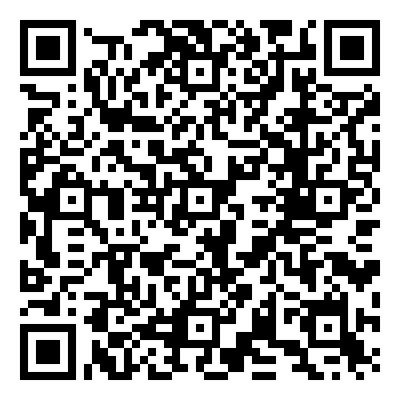



In a Pickle? Julia O’Mara Has Your Back
This Penn engineer’s fashion startup bet on your friend’s closet—and won.
BY ANANYA KARTHIK
Photo Courtesy of Pickle
Three years ago, Julia O’Mara (E ’19) was sprinting across Manhattan—not to a meeting, not to a show, but to someone’s front door with a rented dress in hand. It was early days for Pickle, the peer–to–peer fashion rental platform where she and her co–founder, Brian McMahon, played every role: logistics, product, marketing, and—most importantly—courier. “There were nine rentals last week,” she remembers telling McMahon. “Let’s get to ten.”
They did. Then they got to 20. Then 100. Now, Pickle moves more rental volume in a few days than it did in its entire first year. In the strange alchemy of startup life, every little yes is a victory after a thousand almost–nos. Today, Pickle is used by one in four women aged 18–35 in Manhattan. Its user base, revenue, and supply have all tripled or quadrupled year over year. In Los Angeles, where Pickle recently launched same–day delivery, order volume has increased fivefold since January. But to O’Mara, the

most powerful growth metric isn’t financial.
“We [began to] see these pockets of friend groups and networks that were starting to build amongst users in Manhattan,” she says. “[We’d hear someone] say, ‘Oh, my friend recommended that I use Pickle. She had this amazing experience.’ And in my head, I was like, ‘I know who Clara is, because she was somebody who rented from us last weekend.’” That kind of intimacy—granular, grassroots, genuine—isn’t just a nice origin story. It’s the core of the platform’s success. Before Pickle was a rental empire, it was a polling app. Launched in April 2021, Pickle “1.0,” as O’Mara calls it, allowed users to crowdsource decisions: what dress to buy, what shoes to pair, what color to choose. “[We wanted to] inject social proof into the purchase process,” O’Mara explains. “You’d post a poll—‘Option A, B, or C?’—and people would vote on it and help give advice.” Yet something strange kept happening. People weren’t only choosing between
the options given; they were recommending other items from their own closets. Sometimes, they even offered to lend them.
That’s when O’Mara and McMahon saw the pivot. Why sell people something new when they’re eager to borrow what already exists? It’s the kind of idea that only makes sense in retrospect: fashion as a community–sourced utility. Your neighbor’s closet becomes your pop–up boutique. And your own clothes, formerly sunk costs, become income–generating assets. Inspired by Airbnb, Uber, and the circular economy, they restructured Pickle from the ground up in just three weeks.“No one had really tackled this peer–to–peer model of being able to exchange goods directly from person to person,” O’Mara says. “We really thought about why this didn’t exist yet for closets. And we wanted it to exist.”
Maybe it took a pair of outsiders to see it clearly. O’Mara’s background was in materials science engineering, not mer -
chandising. She had worked in product at Blackstone, not Bergdorf’s. Her co–founder didn’t come from fashion, either. However, that distance gave them clarity—and, as it turned out, an edge. Unburdened by the conventions of the fashion world, O’Mara and McMahon didn’t care about dictating trends or deciding what people should wear. Instead, they simply listened to their customers. They studied what users were listing, what they were trying to monetize from their closets, and where demand naturally emerged. It was a process built on observation rather than assumption. The team conducted constant user interviews, tracked rental trends in real time, and—before courier partnerships, before scale—delivered every garment by hand, learning with each knock on a customer’s door.
This street–level view of New York proved invaluable. With every handoff came a new data point: how customers discovered Pickle, where the friction was, what didn’t feel intuitive. What began as logistical improvisation soon informed the architecture of the app itself, laying the groundwork for a more seamless user experience and, eventually, the integration of outside courier systems like Uber and DoorDash. Then, the company added a community “Looking For” forum where renters could post styling prompts—“Going to Italy, what should I wear?”—and lenders could respond with links to their items. The feature became one of Pickle’s most beloved, and eventually came to include AI–powered visual search: Users can now upload an inspiration photo to find lookalikes from across the platform.
Pickle’s users are not passive consumers. They’re co–curators, co–designers, co–investors. On the supply side, lenders have begun sourcing specific pieces. “We saw some lenders that were starting to think about their purchasing process and the way that they would invest in fashion in a different way because they could make a return on that investment,” O’Mara recalls.
It’s a kind of microcapitalism that
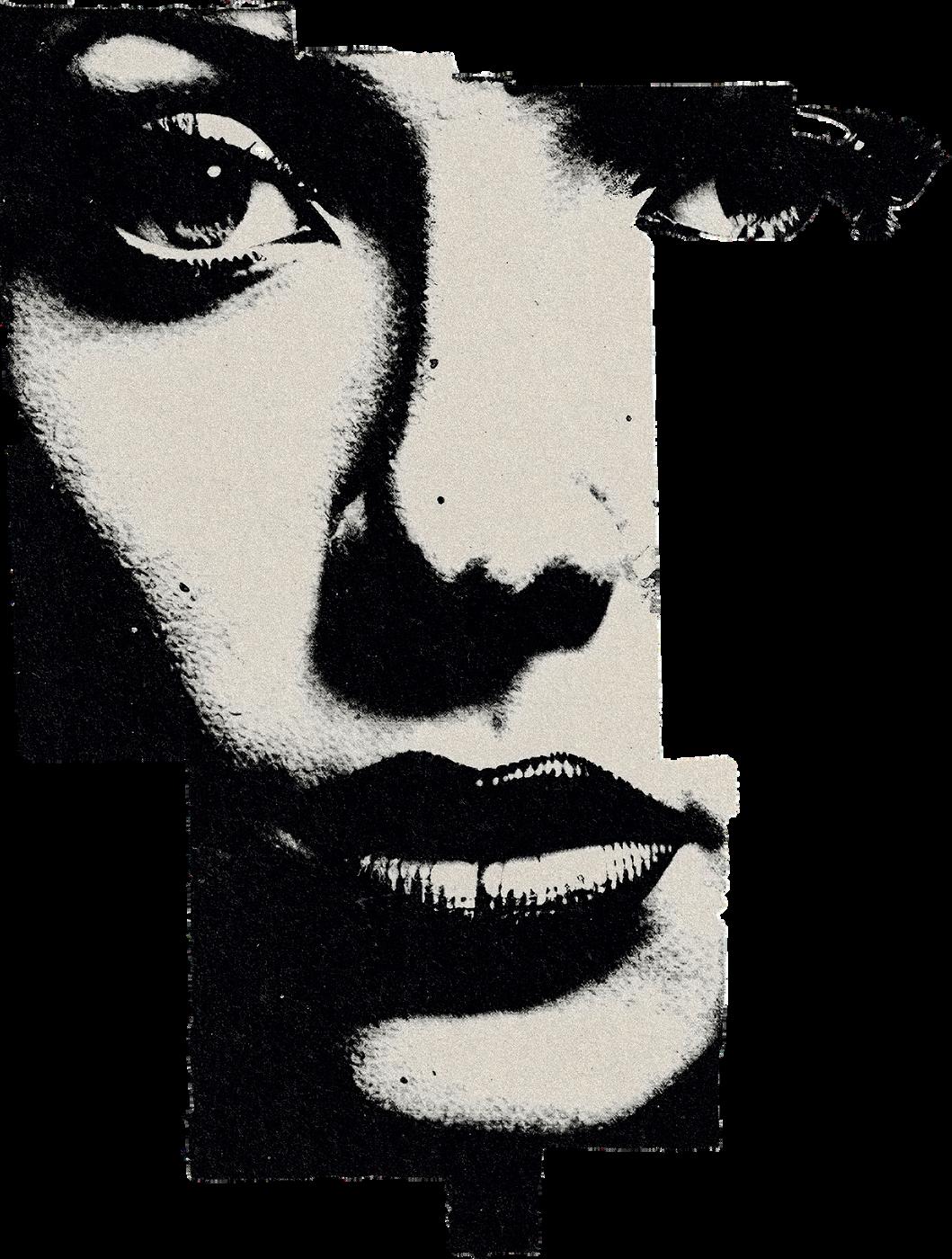

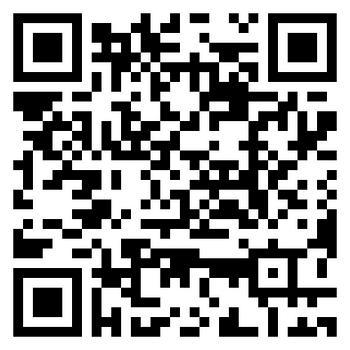

feels oddly utopian. Not in the disruptive, buzzwordy sense—but in the literal, community–based one. A Pickle garment doesn’t come from a warehouse full of product. “It’s someone else’s item, [so] I’m going to treat it with love and care and return it in great condition,” O’Mara says. That love and care, it turns out, is Pickle’s most valuable asset.
Trust is engineered into the platform: There are reviews, renter scores, and insurance coverage (Pickle’s “Protection Policy” ensures items are returned as promised or fully reimbursed), but what really fuels the platform is the sense that each piece of clothing comes from a real human being. “It’s not going back to a large corporation,” she says. “It’s going back to another person that I might be friends with or run into on the street. That builds that other level of community.”
That sense of social accountability has created a uniquely tight–knit ecosystem. Early growth came almost entirely from word of mouth. Many rentals are still hand–delivered or picked up locally. The most successful lenders tend to be those who respond to renter requests, maintain their items obsessively, and treat their closets like curated storefronts. In return, Pickle rewards them with featured placement, badges, and increased visibility—part of its recently launched “Star Lender” program.
Of course, none of this came without moments of crisis. O’Mara remembers the winter of 2022 as a blur of 14–hour days. They were making deliveries from morning to night, burning through cash, and worrying that this might be the end of Pickle. “We got a million nos before we got a yes,” she says. She remembers talking to her mom before the new year. “She asked, ‘How long do you think you can keep doing this?’ And I told her, ‘Let’s check back in the summer.’ We never talked about it again.”
“I’m so glad that it went this way,” she reflects. There tends to be a default career path for Penn alumni—the one pol -
ished by prestige and packed with certainty. Consulting, finance, New York: The lanes were clearly marked, and she was already in one, set to begin her post–grad life at Blackstone, a textbook starting point for high–achieving Ivy League graduates. “I was transparently kind of set up to go and do that,” she points out.
Looking back, she says college Julia would be stunned by what she’s done, and maybe a little proud. “I would feel like, ‘You are so cool that you went on this really, really different path, compared to where you started and where you thought you might have ended up.’” In the company's early days, she’d ask herself, “Would anyone care if Pickle didn’t exist tomorrow?” Reflecting on the days when they had only about 50
It's a bold vision, but not an impossible one.
O’Mara has built Pickle one closet at a time. One neighborhood at a time.
customers, she notes, “I knew those 50 people would really miss our service and our platform. That kept me motivated.” Now, those 50 have become tens of thousands. New markets in Dallas, Chicago, and San Francisco are picking up traction. Men’s closets are next. Maybe travel gear after that. “You’ll go somewhere with an empty suitcase,” she says. “And you’ll be able to rent the fishing pole or kayak or whatever you’re using on vacation. Because all of those items already exist in that community.”
It’s a bold vision, but not an impossible one. O’Mara has built Pickle one closet at a time. One neighborhood at a time. One rental at a time. Sometimes, that’s the only way a revolution can begin. To
call Pickle a fashion company is to ignore the deeper mechanics behind its success. O’Mara thinks of it as something else entirely: a behavioral platform. The business, at its core, is less about clothes than it is about habits—how people express themselves, how they shop, browse, borrow, and experiment.
Just as Pickle has evolved by watching its users, O’Mara has evolved by building it. A first–time founder with no manual to follow, she had to learn to do it all— management, fundraising, hiring, scaling—on the fly. There was no roadmap, only improvisation. Nevertheless, her background in engineering gave her one essential skill: problem solving. Every day presented a new set of challenges, and her job, more than anything else, became the art of triage: deciding what to fix now, what to build next, and how to think beyond the fire drill to the bigger picture.
Her leadership philosophy is simple: Surround yourself with people you can learn from. “One of our favorite things to [ask] when we’re bringing on new members of the team is, ‘Can I learn from this person?’ Because I’m not trying to hire somebody that I think I can only teach.” That humility, too, is part of Pickle’s DNA. It’s not trying to dominate fashion. It’s trying to democratize it through data and trust, giving users a thousand daily choices about what to wear, what to share, and what to keep in circulation.
When asked what she hopes people say about Pickle five years from now, O’Mara pauses, then smiles. “I hope they say, ‘It was the most incredible seamless experience. [I was] able to find whatever [I was] looking for right in [my] local neighborhood or city, and [I] had such an amazing experience, and [I’m] super excited to share it with a friend.’”
It’s an unflashy ambition, but a radical one. Not to sell more, but to share better. Pickle may scale, the cities may multiply, but its premise will always stay local: something borrowed, something worn, something remembered. k

Refusing the American Dream in The Emperor of Gladness
Bestselling author Ocean Vuong explores stagnation and survival in an emotional epic.
BY DIEMMY DANG
Illustration by Keira Wang
Seeing Ocean Vuong at the Philadelphia stop of his latest book tour feels, in a kind of communal, spiritual affect, like going to church. Ironically, Vuong actually does give his talk in the First Unitarian Church of Philadelphia, speaking to pews of enraptured readers from beneath an enormous stained–glass window. For those who have hailed Vuong as one of this generation’s biggest literary superstars, the poet–turned–novelist’s words might not be scripture, but they land somewhere close.
Since the release of his wildly successful first novel On Earth We’re Briefly Gorgeous , it feels as if the world has been lying in wait for what the author will write about next. The book launched Vuong into a stratosphere of fame few authors ever achieve—that same year, he lost his mother to cancer. The devastation was stark, especially given that the entirety of On Earth We’re Briefly Gorgeous , in its vulnerable, autofictional nature, reads like a letter to her. In the aftermath of his loss, Vuong released Time Is a Mother ,
a poetry collection in which he traverses the emotional architecture of grief, family, memory, and selfhood. He has since returned, to notable fanfare, with his second novel, The Emperor of Gladness . Vuong’s latest novel is, in many ways, a venture into new territory, one which is no longer anchored in his mother’s presence. In an interview with The New York Times, Vuong admits that, in the absence of his mother, he has been forced to reimagine his writing, questioning what it means to truly create for himself. In the
First Unitarian Church on a rainy Thursday, I listen to him unpack the way this idea manifests itself in his latest release. Despite the heftiness of his sentences, which come wound in the same eloquence as his poetry, Vuong is quiet, soft spoken. And just like his writing, he is unabashedly confessional. Over the course of his hourlong talk with Emma Copley Eisenberg, he tears up a few times. The subject matter of The Emperor of Gladness is deeply personal, taking root in Vuong’s own experiences with drug addiction, found family, and the forgotten fringes of American life in Connecticut.
The novel follows Hai—a Vietnamese American college dropout battling drug addiction—as he finds himself the caregiver for Grazina, an elderly woman who arrived in the United States as a refugee from Lithuania. During his talk, Vuong explains that he was inspired by his experiences with the real–life Grazina, whom he lived with after doing a short stint at Pace University, and, similarly to Hai, he dropped out. The nucleus of the story, Home Market—the fast–casual restaurant where Hai works—is, in a kindred fashion, based on Vuong’s experience working at Boston Market.
When asked how his latest novel differs from his first, Vuong talks about form. A foundational piece of On Earth We’re Briefly Gorgeous ’ enigmatic character is its unconventional structure, which he says employs fracture as a vehicle for storytelling. Rather than following a linear framework, the novel is told in disjointed bits and pieces, reminiscent of the Japanese kishōtenketsu structure as well as Theresa Hak Kyung Cha’s avant–garde novel Dictée . Critics of On Earth We’re Briefly Gorgeous have questioned Vuong’s choice, saying that the book lacks a strong narrative. The novel is perhaps a bit like a limp body: all of the beautifully tender flesh of Vuong’s lyricism, without a skeleton of a plot for his words to cling to. Vuong, however, explains to those in attendance that he wanted On Earth
We’re Briefly Gorgeous to be instilled with a refusal to tell itself easily. Although the book addresses American violence and generational wounds, Vuong says that he didn’t want it to simply be a “tour guide” of his community’s—presumably, the Vietnamese American community’s—trauma. In The Emperor of Gladness , however, Vuong seems to take a new approach to his writing, giving his audience a story that reveals itself more readily. The novel’s language is more concise than that of On Earth We’re Briefly Gorgeous , relying on dialogue for momentum while the earlier work leans much more heavily on description. While On Earth We’re Briefly Gorgeous feels like a hazy, cathartic exercise in introspection—a look into its narrator’s mind— The Emperor of Gladness feels more like an introduction into its narrator’s world.
Through Hai, Vuong introduces a substantive cast of characters who call the fictional town of East Gladness home. The idea of found family emerges not only in Hai’s relationship with Grazina, but also in his relationship with his coworkers at Home Market, who are described as “bound by nothing but toil in a tiny kitchen that was never truly a kitchen, paid just above minimum wage, their presence known to each other mostly through muscle memory, the shape of their bodies ingrained in the psyche from hours of periphery maneuvering through the narrow counters and back rooms.”
When asked about his approach to characterization in The Emperor of Gladness , Vuong tells us that he chooses to view people as doorways, each one opening up into a unique version of the world. Indeed, he gives his characters real depth, each seeming to come from their own versions of the world, only to be brought together by the brutal nature of food service. The patchwork crew of Home Market is messy and distinct, each employee impossibly human and quickly likeable. They refract many of the struggles of working–class American life—addiction, poverty, the
unrelenting struggle to stay afloat amid incorrigible circumstances. Like many families, they are dysfunctional, loudmouthed, and quick to bicker, encompassing personalities that range from BJ, a six–foot amateur wrestler; to Sony, a teenage Civil War history buff; to Maureen, an elderly conspiracy theorist and Star Wars fanatic. But somehow, they just work, relying on each other in a world where there is not much else to count on.
In The Emperor of Gladness , Vuong strikes a delicate balance between tenderness, humor, and the harsh nature of survival and memory. Again and again, he depicts the way that life inflicts wounds on his characters—the disabled, the elderly, the drug addicts, the impoverished, the refugees—who are tied down to lives largely shut out from the class mobility promised by the American Dream. There is a rueful kind of laughter that tinges the novel’s storytelling, a surreal camaraderie which spawns from dive–bar wrestling matches and vats of cornbread and stomping on bread rolls in the backyard.
As for his aims in this novel, Vuong says he wanted a story of stagnation. In The Emperor of Gladness , there are no grand character arcs, no big breaks or miracles that transform its protagonists’ lives. There is only the reality, which, for most Americans, is characterized not by the metamorphic promises of the American Dream, but by stillness and simple existence.
“To be alive, and try to be a decent person, and not turn it into anything big or grand, that’s the hardest thing of all,” Grazina tells Hai in the book. I think that this idea is the crux of The Emperor of Gladness : the idea that there is both a resistance and resilience that comes with simply being alive and doing your best. In this latest evocative read, Vuong tells us that the stories worth telling aren’t necessarily those of grand heroism or dramatic change, but of people in their persistence, endurance, and quiet acts of humanity. k
